
Welcome to the Vienna Symphonic Library's series of Synchron Instruments! These instruments were recorded at Stage A, the main hall of Vienna's revitalized Vienna Synchron Stage. The recordings were executed using an expansive, phase-controlled multi-microphone set-up, capturing the articulations played in a scoring stage with exceptional acoustics, now ready to be used in your studio. This document will provide you with the information you need to use the Library with our Vienna Synchron Player.
Trumpet 1 Sordino and Trumpets-4 Sordino are closely connected to their sordino-less variants in the regular Synchron Brass collection, and are therefore described in the Synchron Brass manual.
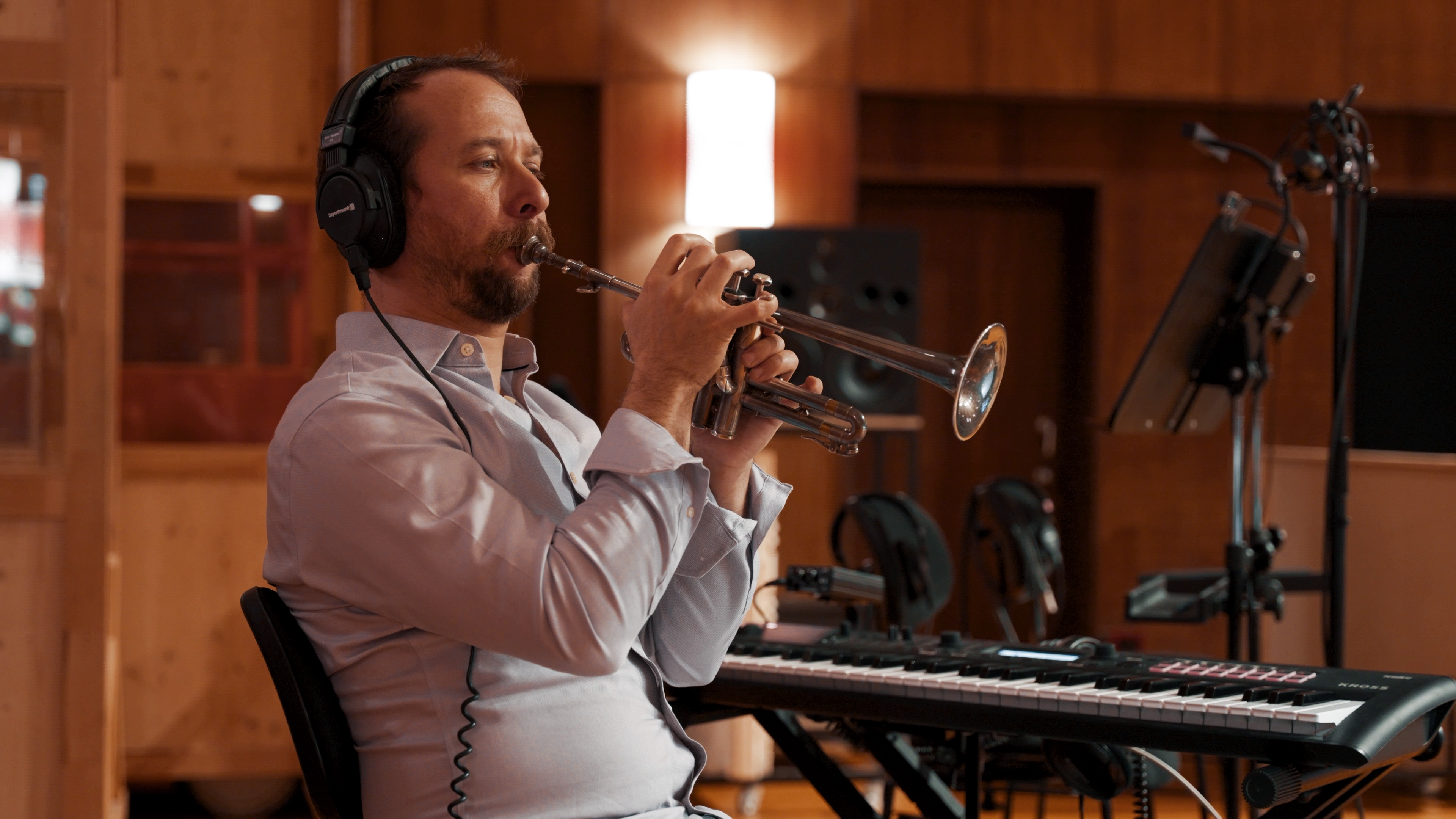
All the instruments were recorded using up to 9 separate phase-coherent microphone configurations. The Standard Library includes 4 of these sections (as well as a RAM-friendly Room Mix section composed of merged samples from the individual positions), allowing you to integrate instruments recorded with a stereo Decca tree into your projects using the Vienna Synchron Player stand-alone or as a plug-in instrument. Adding the Extended Library and thus getting the Full Library expands your possibilities to 5.1 surround and Auro 3D 9.1.
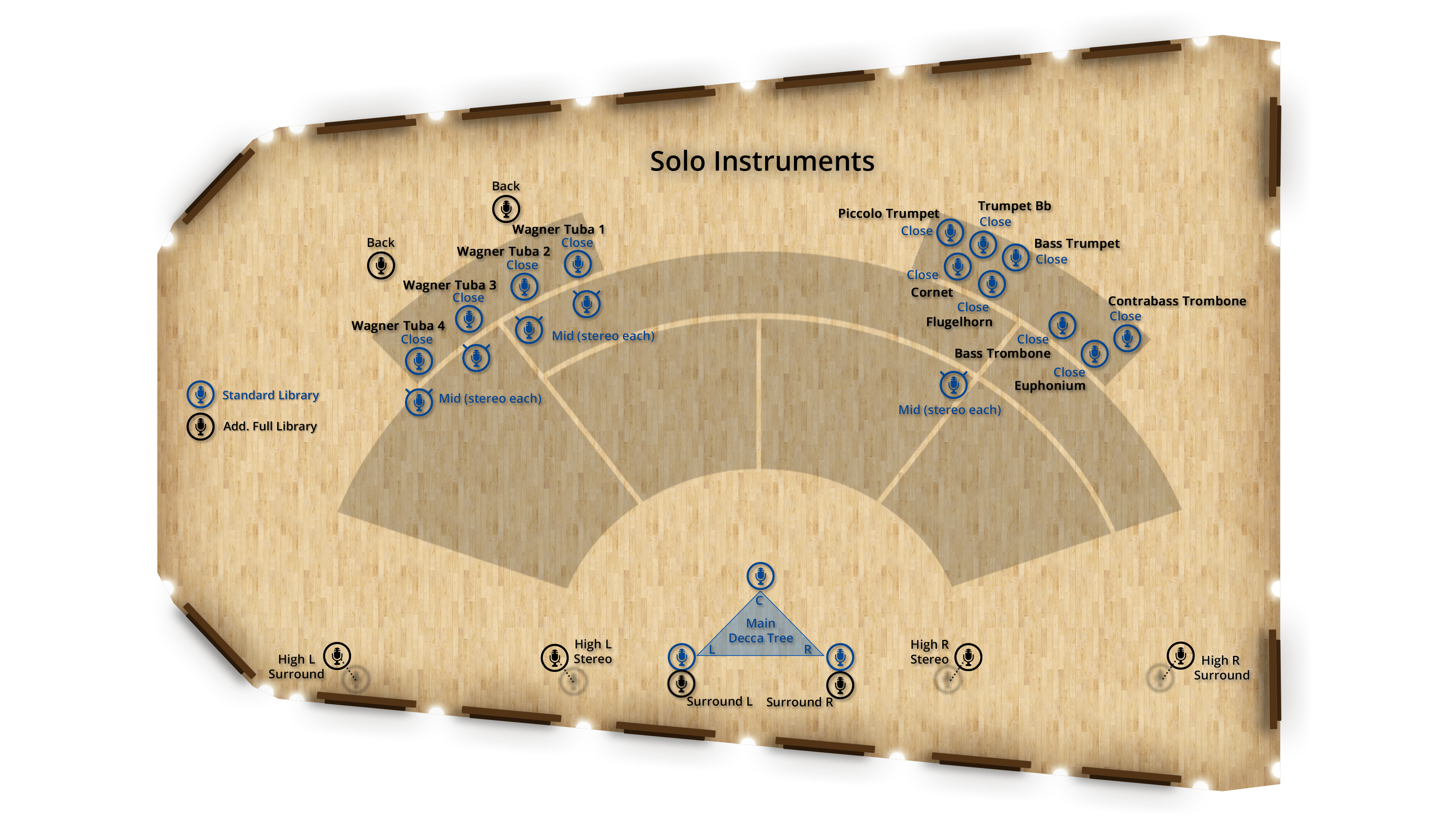
Standard Library
Close Mic – Mono
Mid Layer Mic – Stereo (L/R)
Main/Room Mic – Decca Tree Stereo (L/R)
Main/Room Mic – Decca Tree Mono (Center)
Extended Library
Main Surround – Stereo (L/R)
High Stereo (3D) – Stereo (L/R)
High Surround (3D) – Stereo (L/R)
Wagner Tuba Back Mic 1 – Mono (Wagner tubas only)
Wagner Tuba Back Mic 2 – Mono (L/R) (Wagner tubas only)
The instrument presets also include different mixer presets. By default the Ambience room mixes are loaded, which feature the Standard Library microphone position "Room-Mix", for best performance out of the box.
All mixer presets are balanced in the stereo field to represent the respective instrument's position in the Synchron Stage set-up and are created by Bernd Mazagg, Technical Director & Chief Recording Engineer at Vienna Synchron Stage.
Room-Mix Presets
Come with the Standard Library and are based on a mix of all available room microphones, blended with Solo and Mid Mics.
Decca Tree Multi Mic Presets
Are also part of the Standard Library and are designed around the classic sound of the Decca Tree microphones.
Surround to Stereo Downmix Presets
Come with the Full Library and take advantage of the full array of microphones.
Surround Presets (only available in a surround setup)
Are also available with the Full Library and let you adjust the settings for any surround mixing situation, from 5.1 to immersive surround.
Processed Standard Library
Processed sounds with different characters.
You will also find more mixer presets (Close, Classic, Wide, Distant, Ambience, Wet, Lush, Lush Long, Sparkling, Catchy, Fanfare) in the first 3 categories.
Auro 3D is an immersive audio technology that allows for three-dimensional sound perception. The Belgian company Auro Technologies developed this technology based on a special speaker configuration, adding four additional speakers to a 5.1 surround configuration. These speakers (so-called "heights") are situated above the front and surround speakers and generate acoustic reflections that are perceived naturally due to the fact that sounds originate from around as well as from above the listener. Thanks to the comprehensive selection of discrete audio channels with the Full Library, you may mix your instruments in Auro 3D as well as in Dolby Atmos.
The collection’s instruments provide two different kinds of Presets, accessible by clicking on the icons “Flow” resp. “Precision” in the Synchron Player’s top bar. Flow Presets offer an intuitive, graphic approach to the library’s contents, with instrument, articulation, and sound parameters displayed in a single window.
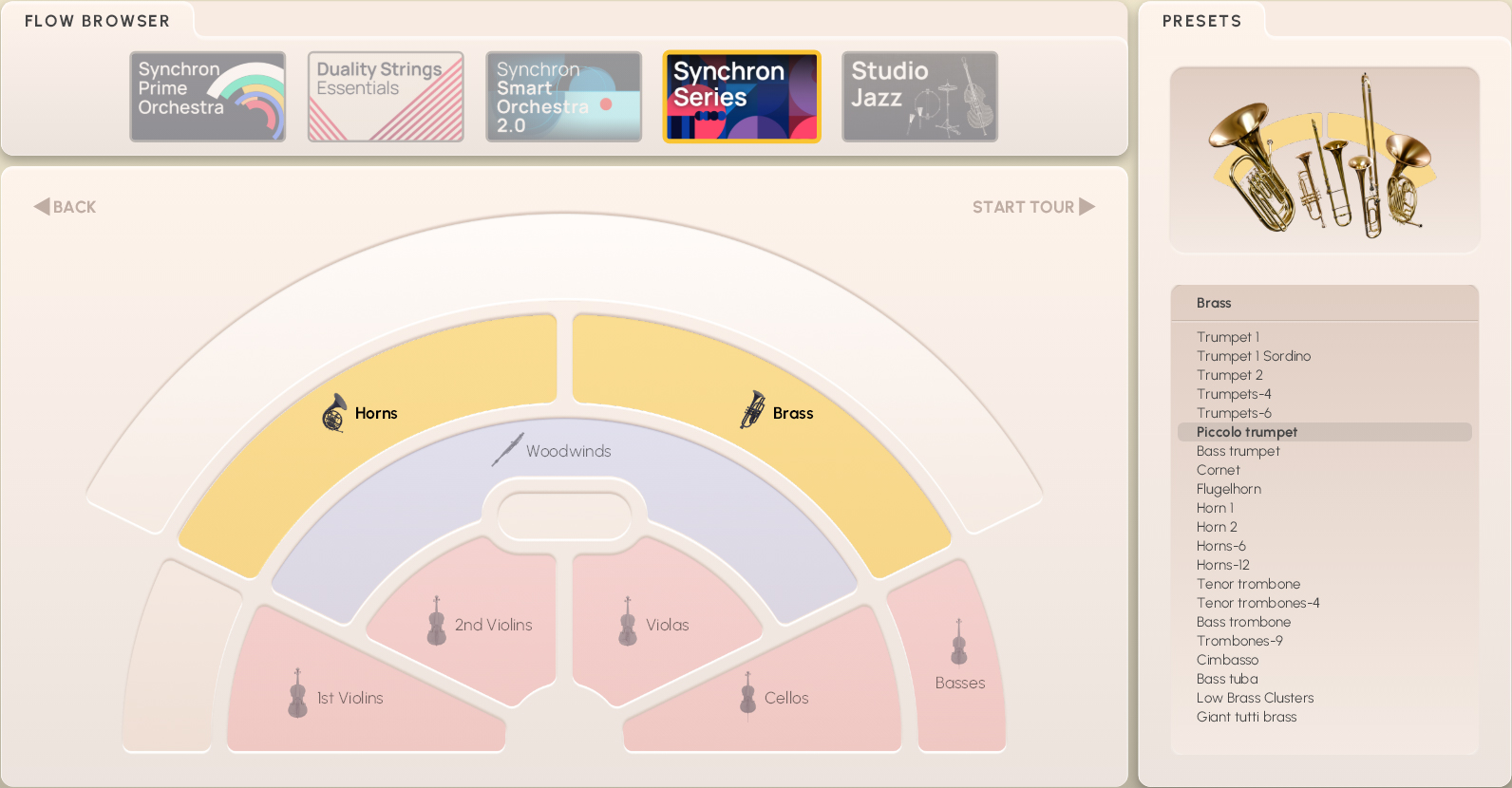
Precision Presets are what you already know if you own other VSL libraries. They allow you to explore the depths of the library, adjusting and tweaking parameters as you see fit.

For each instrument, there are a number of Mixer Presets for stereo and surround microphone configurations that depict different recording situations: Close, Classic, Wide, Distant, and Ambience. The stereo options also offer Lush, Lush long, Sparkling, Catchy, and Fanfare. Apart from that, you will also find Processed Standard Mixer Presets, which give you an idea of the possibilities and may present a good starting point for your own creations.
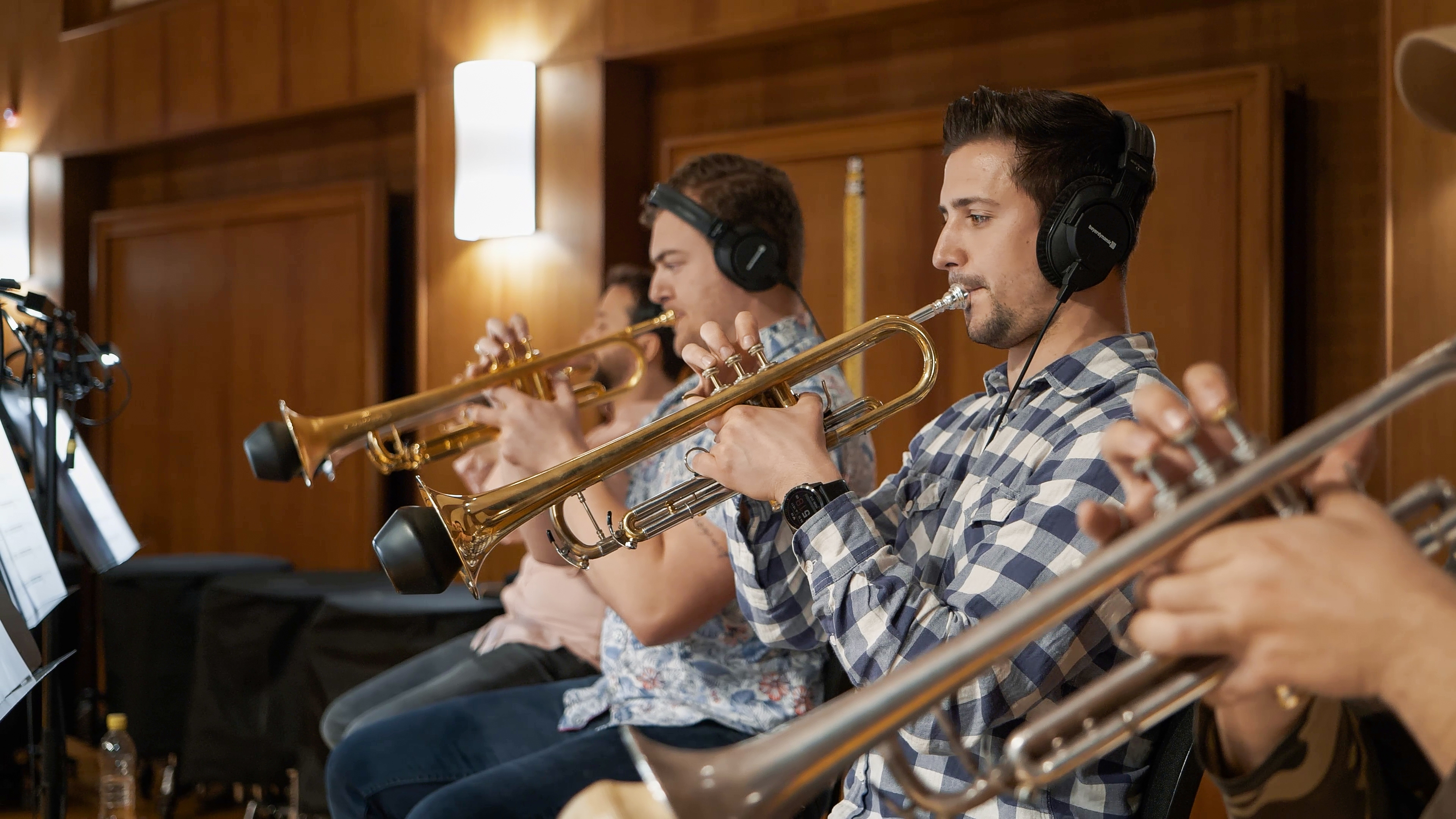
Flow Presets give you instant access to the most important parameters of an instrument, its articulations, and general sound settings in the Synchron Player’s Flow view. The display is subdivided accordingly, with the graphic keyboard underneath. On the Flow Browser page, you can click on START TOUR to step through explanations of the different Flow elements and parameters as shown below.
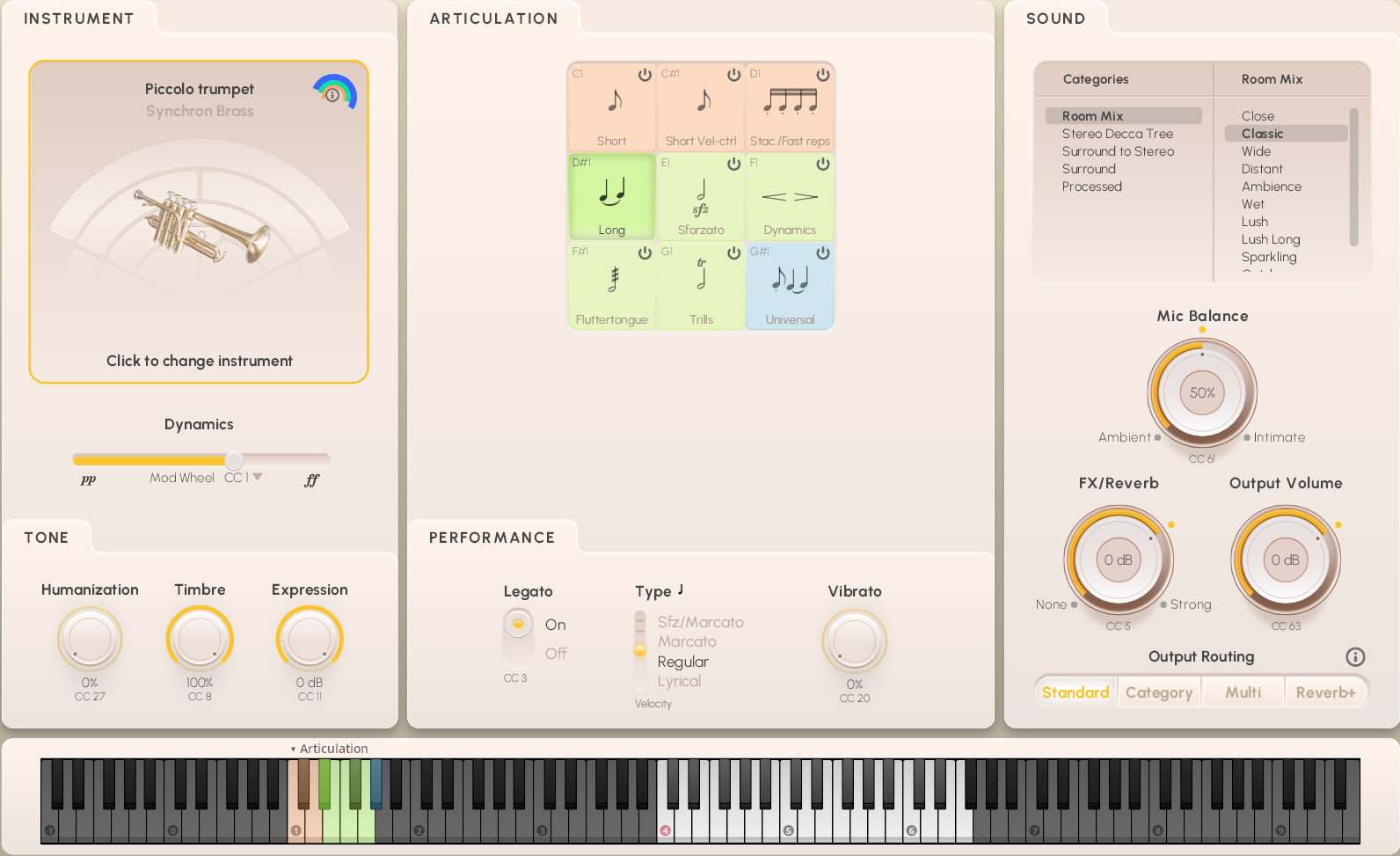
The Instrument section shows a symbolic image of the selected Instrument, headed by the name of the loaded Preset. You can return to the Flow Browser to select another instrument by clicking on the field. Click on the Info Hub icon in the instrument pane to start the tour or connect to the Vienna Academy, our instrumentology site.
The Dynamics fader under the instrument is set to the modwheel (MIDI CC1) or keystroke velocity by default – with the long notes used in the example below, it is the modwheel, meaning that you can influence the volume of a note being played by changing the controller value. You could also set it to a breath controller (MIDI CC2), leaving your hand free for other stuff. The staccatos, e.g., are set to keystroke velocity, as changing the volume of short notes while they are sounding hardly makes sense.

In the Tone field, you get access to three other items which may be an important factor in making your piece sound truly alive:
Humanization (MIDI CC27) lets you determine the percentage of not being exactly on time – a kind of counter-quantization that introduces an element of necessary imperfection.
Timbre (MIDI CC8) affects the tone of the instrument, making it sound brighter or darker.
Expression (MIDI CC11) is an additional volume control defining a percentage of CC7 (volume), and can be used for automation.
The Articulation pane holds all the samples, so to speak. In the upper field, you see the possible choices with their keyswitches, which are also marked on the Synchron Player’s virtual keyboard. Of course, you can also click on a button to switch to that articulaton. The articulation buttons are color-coded: orange for short notes, green for long ones, and blue for the Universal articulation that allows you to perform without keyswitching.
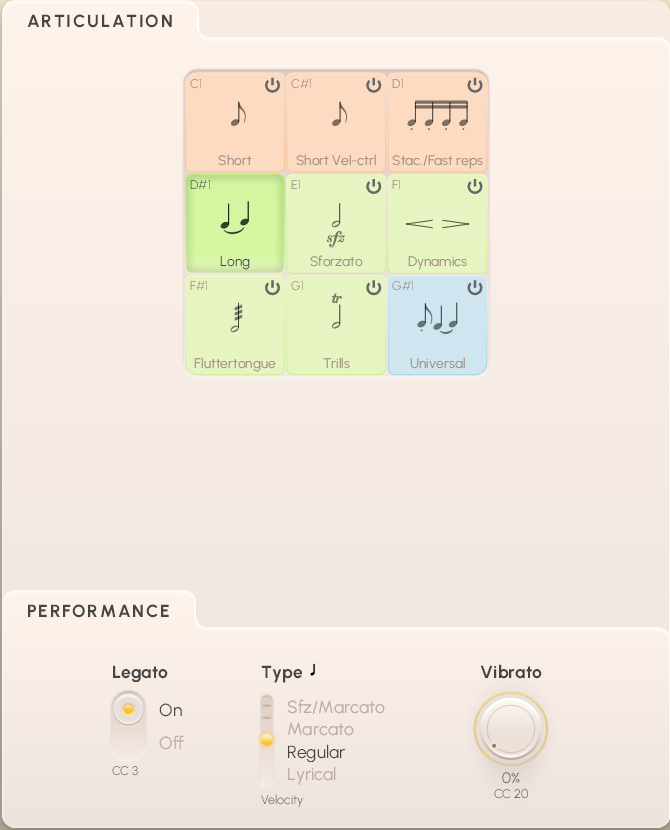
The Performance field contains all the playing variants of the selected articulation. So, depending on the number and type of variants, the performance options may look quite simple. There are up to four different parameters per articulation. Here’s a few examples:
Short notes allow you to choose Switch-Type (MIDI CC101), i.e., you can select the type of short note played either with keyswitches or with the modwheel.
Type control for other articulations is mostly set to keystroke velocity, or to keyswitches as with the bass flute’s effects.
The Legato option of long notes and trills can be switched on and off with MIDI CC3.
Some instruments feature a Vibrato fader knob assigned to MIDI CC20, allowing you to “soft-switch” with a narrow crossfade area between samples without and with vibrato.
Release offers different release options – e.g., switching between ringing and cut release of the fast repetitions – with the help of MIDI CC4.
In the Sound pane, you can select a basic Category on the top left, and one of the Mixer Presets from that category on the right.
Mic Balance (MIDI CC61) adjusts the relation between intimate and ambient microphoning.
FX/Reverb (MIDI CC5) sets the amount of reverb, which is different in intensity according to the selected preset.
Output Volume (MIDI CC63) takes care of how much of what you do comes out of the Synchron Player.
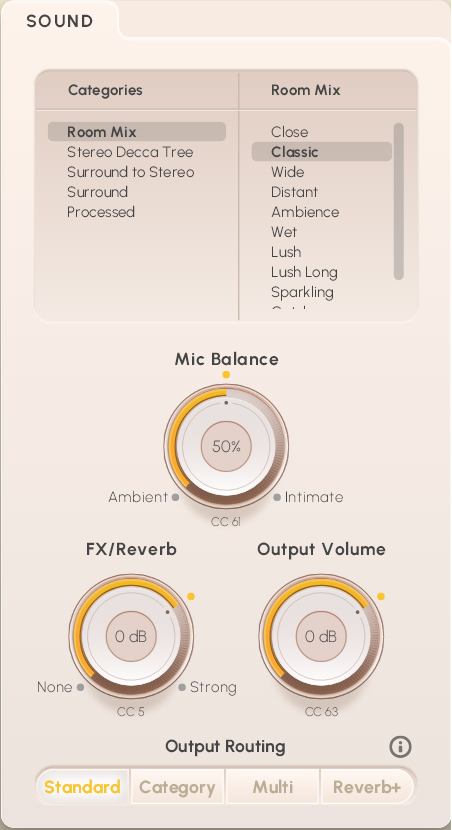
Finally, there is the choice of Output Routing represented by the four buttons Standard, Category, Multi, and Reverb+:
Standard is the standard Stereo configuration where all microphones are routed to the master output.
Category: here, only the ambient microphones are routed to the master output, while close microphones go to ouput 2,
Multi routes all microphones to different outputs.
Master out – Main, Room-Mix, Reverb
Output 2 – Main-Center
Output 3 – Surround
Output 4 – High-Surround
Output 5 – Mid
Output 6 – CloseReverb+ is routed like the Multi configuration, but has the Reverb channel routed to its own output 11.
If you’re not sure about the routing options, you can also click on the information button next to the heading.
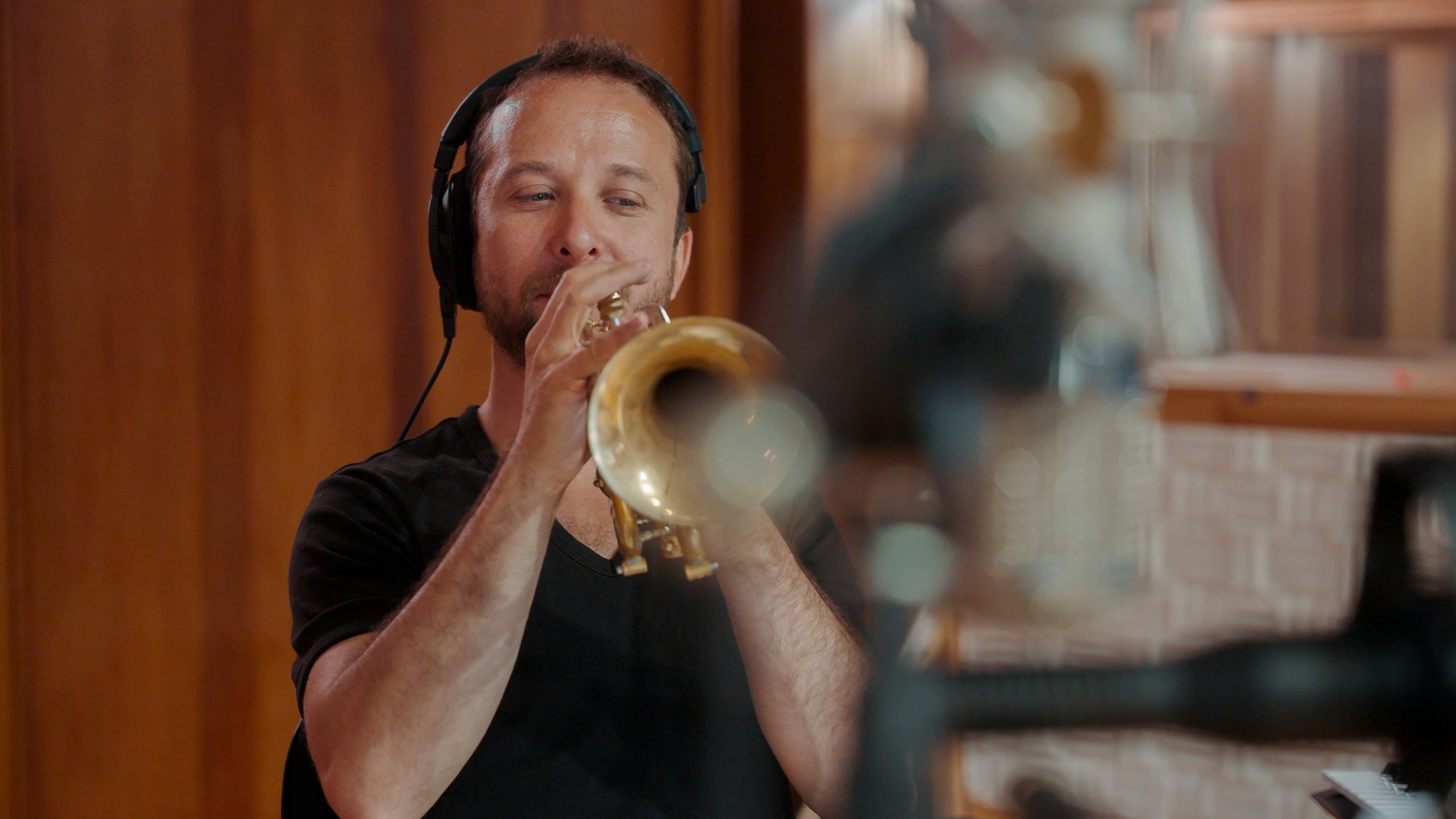
Precision Presets comprise all recorded Patches of an instrument or ensemble in Articulation groups, which again contain Types of the respective Articulation, with further options if available. If you happen to be short of RAM, you can deactivate Articulations you do not need, and if necessary activate them again.
By default the Articulation keyswitches are mapped starting from C1 (for Middle C = C4) for instruments with higher pitch , and from C6 for lower ones.
Type keyswitches start from C2. The mapping of keyswitches for further options such as vibrato variants depend on the instrument, and will be listed there.
Dimension Controllers offer additional options within some Articulations or Types, most notably that of adding marcato attacks to long notes, or switching between vibrato variants with a small crossfading area. The controller function is indicated by the respective caption, as of course it may take on different tasks as needed.
There are three basic Preset types for every section, marked "VelXF sus", "VelXF", and "Velocity". In the first, velocity crossfading is activated for long notes and can be controlled with MIDI controller CC1, the modwheel, while the dynamics of short notes are controlled by keystroke velocity, thus facilitating phrasing. In the second, all articulations have velocity crossfading activated for MIDI CC1, while the third Preset reacts only to keystroke velocity. Velocity crossfading can always be enabled or disabled by clicking its on/off symbol in the Synchron Player's Perform tab.
To facilitate interaction with instruments of our Prime Edition, you can also use the "Prime compatible" Presets provided.
The Synchron Player feature "Timbre Adjust" presents a great alternative and addition to Velocity XFade. It is an intelligent filter tuned to work with Synchron Brass, as it simulates dynamic changes without actually switching through the available velocity layers. It can be controlled with MIDI CC8.
The velocity split points of patches are:
2 Layers: 0–80, 81–127
3 Layers: 0–40, 41–100, 101–127
4 Layers: 0–40, 41–80, 81–100, 101–127
Articulation switches: C1–F#1.
Type switches: starting at C2, white keys or chromatic depending on articulation.
Staccato short and long, bold and agile; portato bold and agile.
Bold/agile: A0/B0
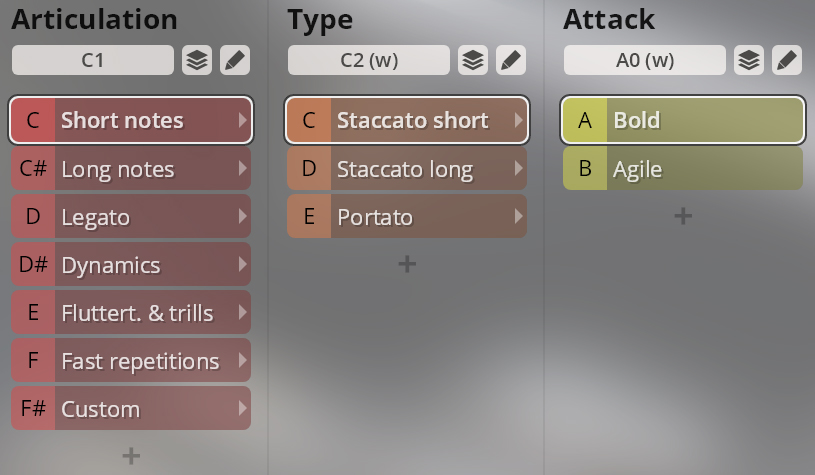
Sustained notes regular, senza/poco/molto vibrato, normal and with marcato attack.
The XF vibrato options provide a narrow crossfading area between different vibrato patches to enable seamless switching. Use Dim.Ctrl/C (CC20) to change vibrato.
Vibrato options: A2–D3
XF vibrato: Dim.Ctrl/C (MIDI CC20)
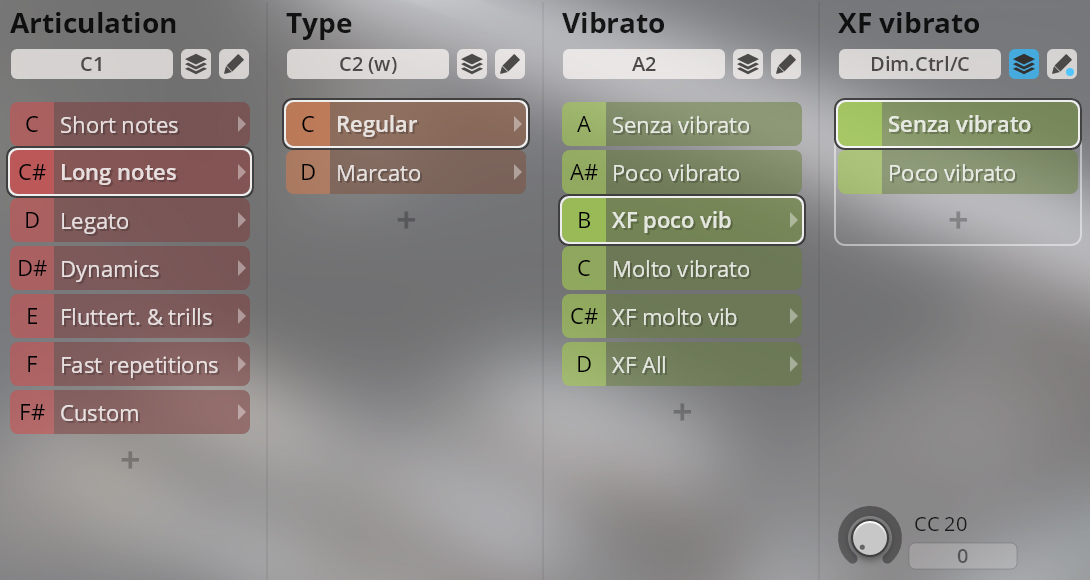
Marcato
This option adds a marcato start to notes, its amount depending on keystroke velocity.
Marcato intensity: Dim.Ctrl/A (keystroke velocity)
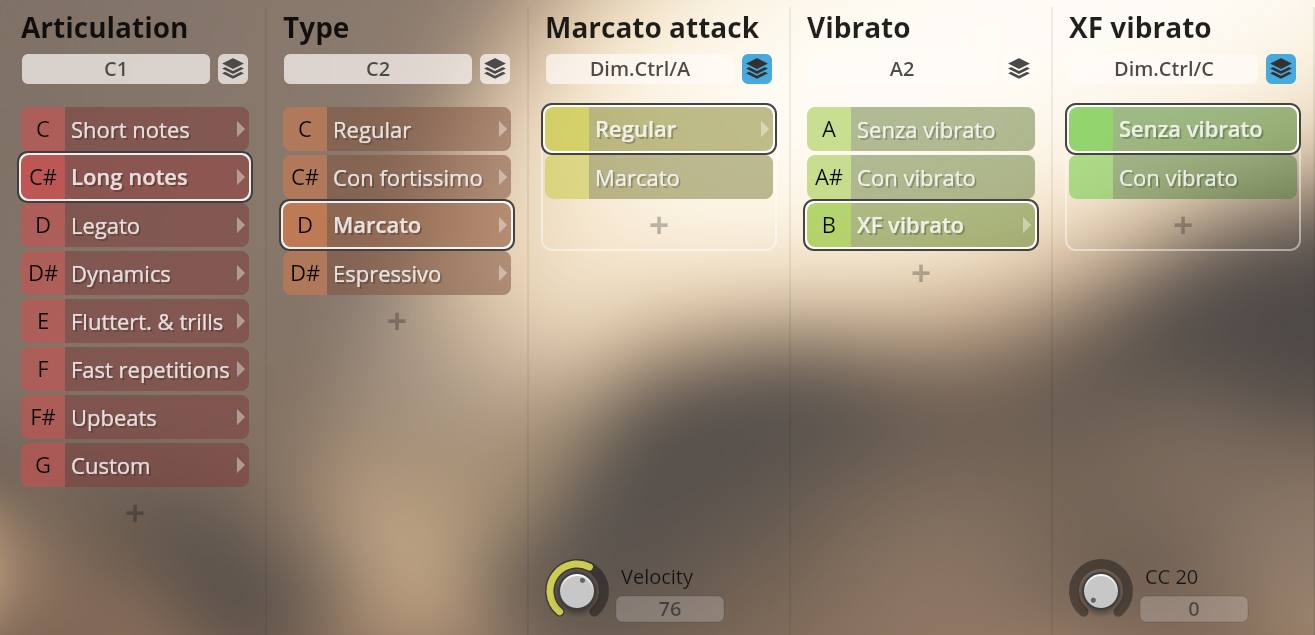
Regular and virtuosic legato, senza/poco/molto vibrato; lyrical legato.
The XF vibrato options provide a narrow crossfading area between different vibrato patches to enable seamless switching. Use Dim.Ctrl/C (CC20) to change vibrato.
Vibrato options: A2–D3
XF vibrato: Dim.Ctrl/C (MIDI CC20)
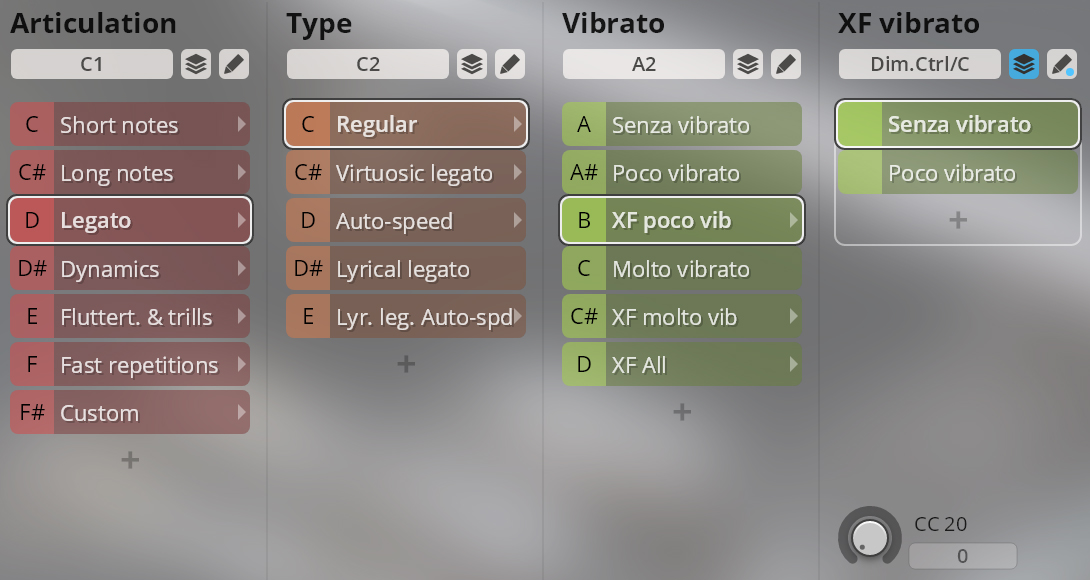
Auto-speed
This option implements a controller on Dim.Ctrl/D to switch between normal resp. lyrical and virtuosic legato depending on playing speed.
Speed controller: Dim.Ctrl/D (playing speed)
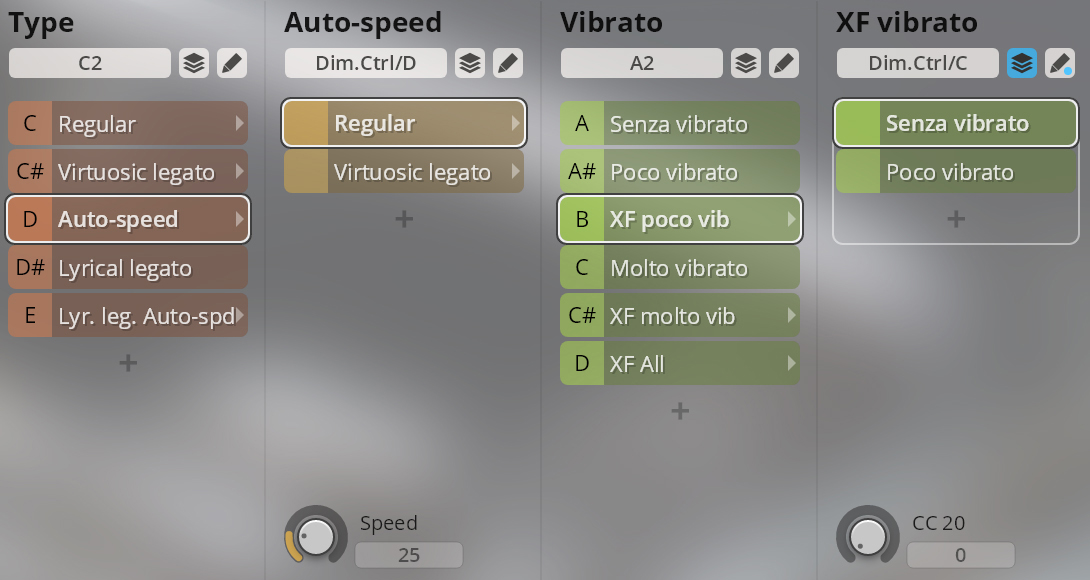
Sforzato with and without vibrato; crescendo and diminuendo with and without vibrato, 2/3/4 sec.
XF vibrato provides a narrow crossfading area for seamless switching between patches. Use Dim.Ctrl/C (CC20) to change vibrato.
Vibrato options: A2–B2
XF Vibrato: Dim.Ctrl/C (CC20)
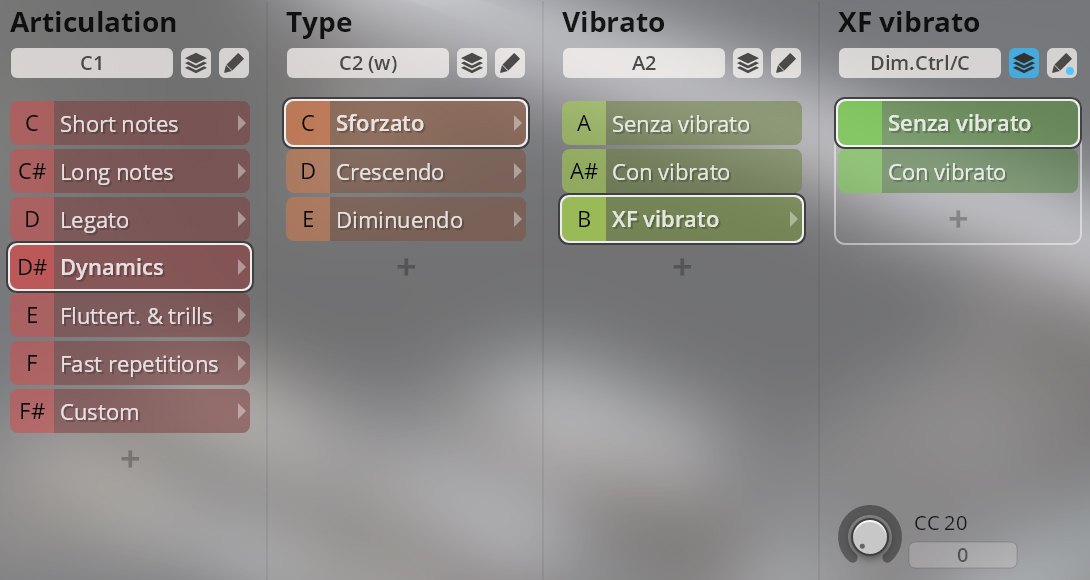
Crescendo and diminuendo
Duration: F#2–G#2
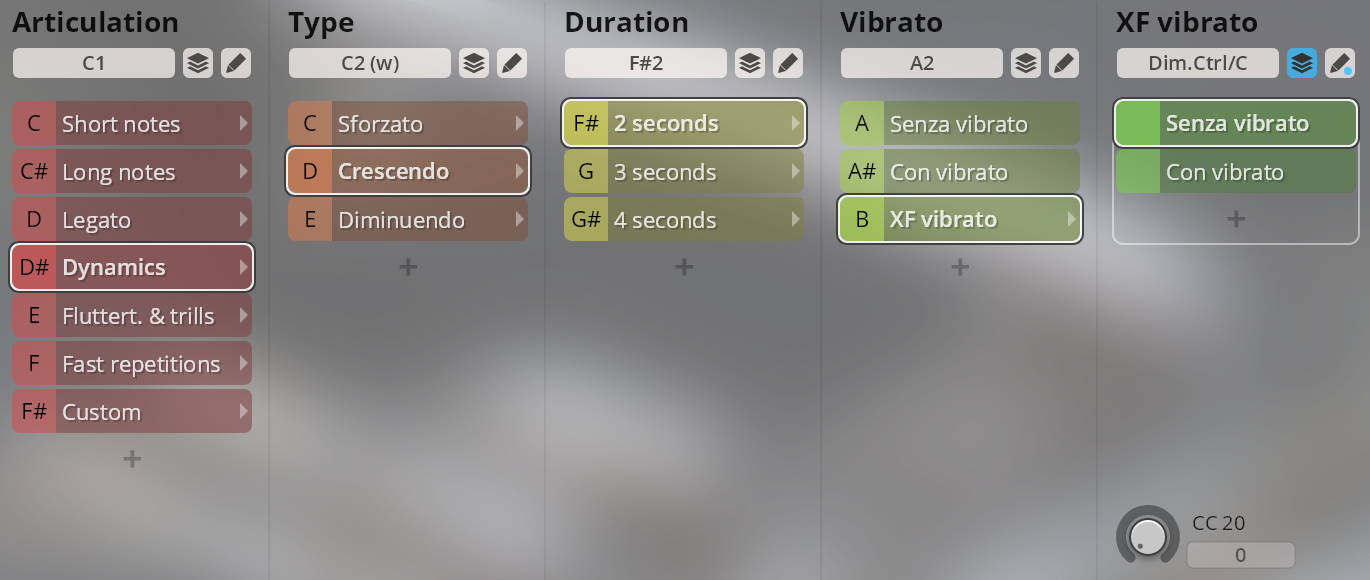
Fluttertonguing, normal and marcato; half and whole tone trills.
Marcato intensity: Dim.Ctrl/A (keystroke velocity)
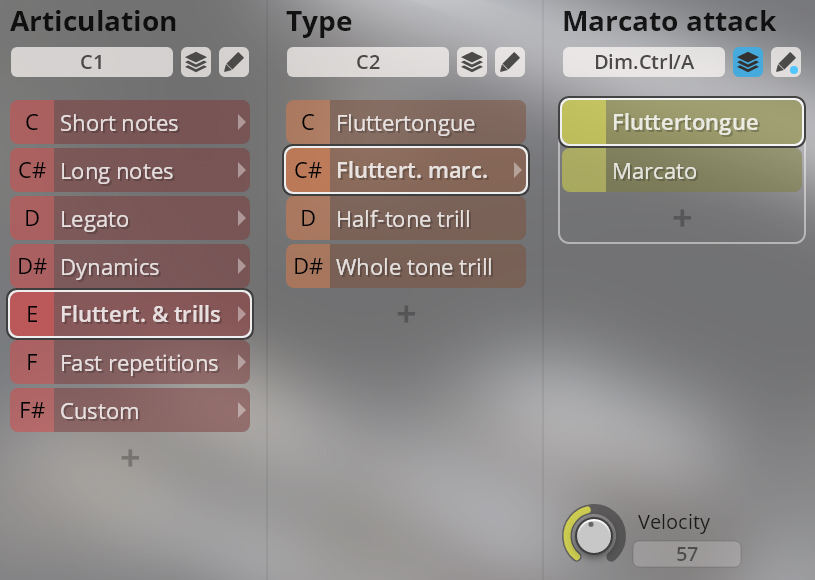
Fast repetitions, 120/130/140/160 bpm, with ringing and cut release.
- Ringing/cut release: A0/B0
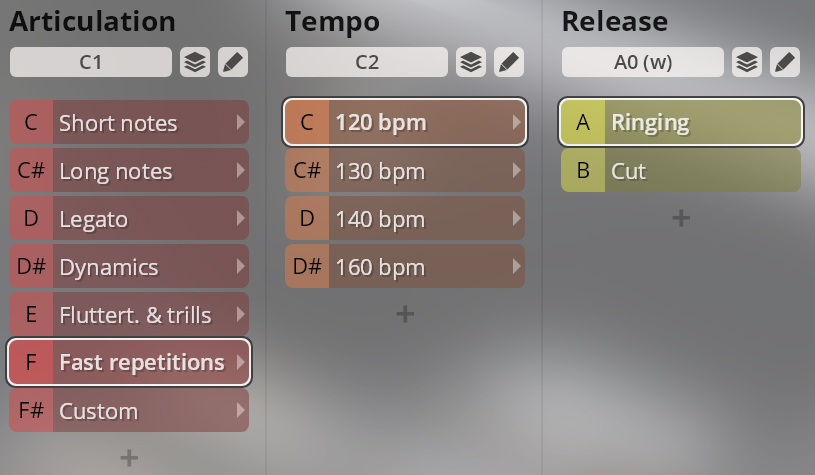
Articulation switches: C1–F#1.
Type switches: starting at C6, white keys or chromatic depending on articulation.
Staccato and portato, bold and agile.
Bold/agile: A0/B0
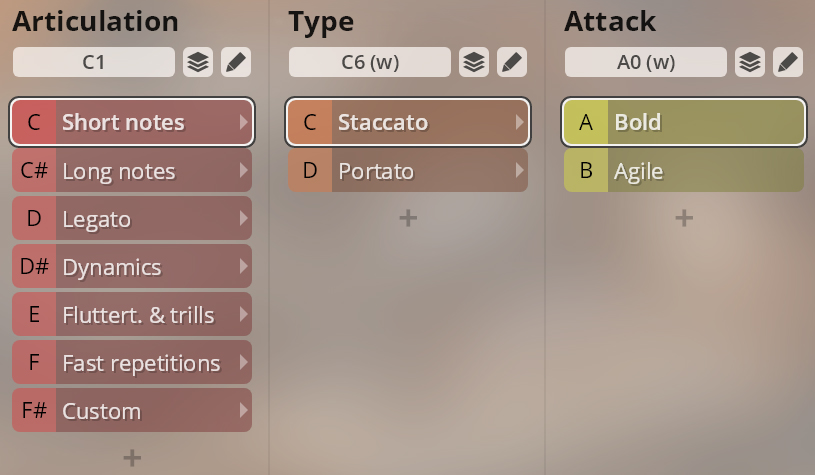
Sustained notes regular, with and without vibrato, normal and with marcato attack.
XF vibrato provides a narrow crossfading area for seamless switching between patches. Use Dim.Ctrl/C (CC20) to change vibrato.
Vibrato options: A6–B6
XF vibrato: Dim.Ctrl/C (CC20)
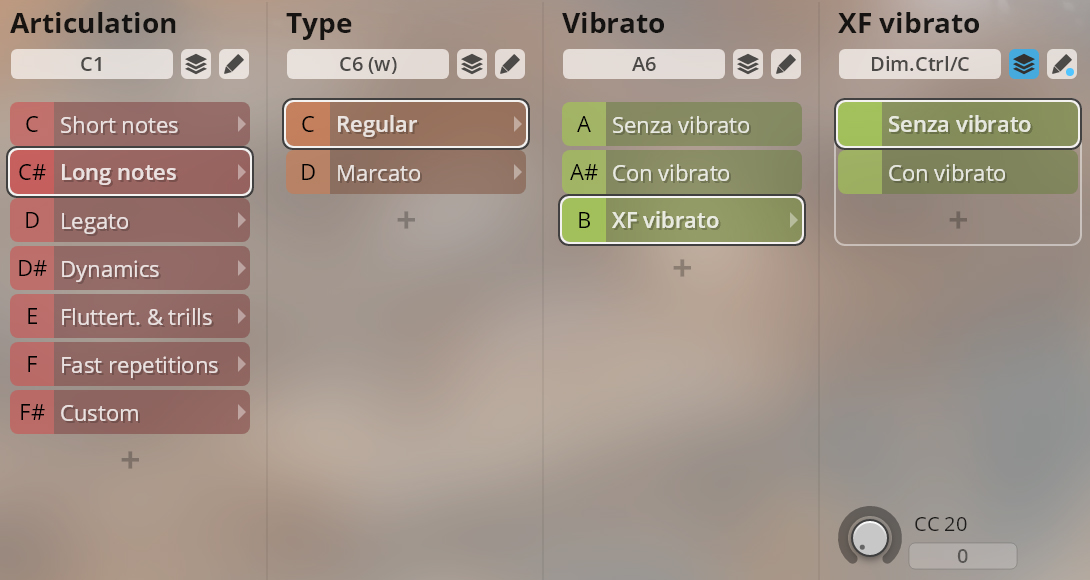
Marcato
This adds a marcato attack to notes, its amount depending on keystroke velocity.
Marcato amount: Dim.Ctrl/A (keystroke velocity).
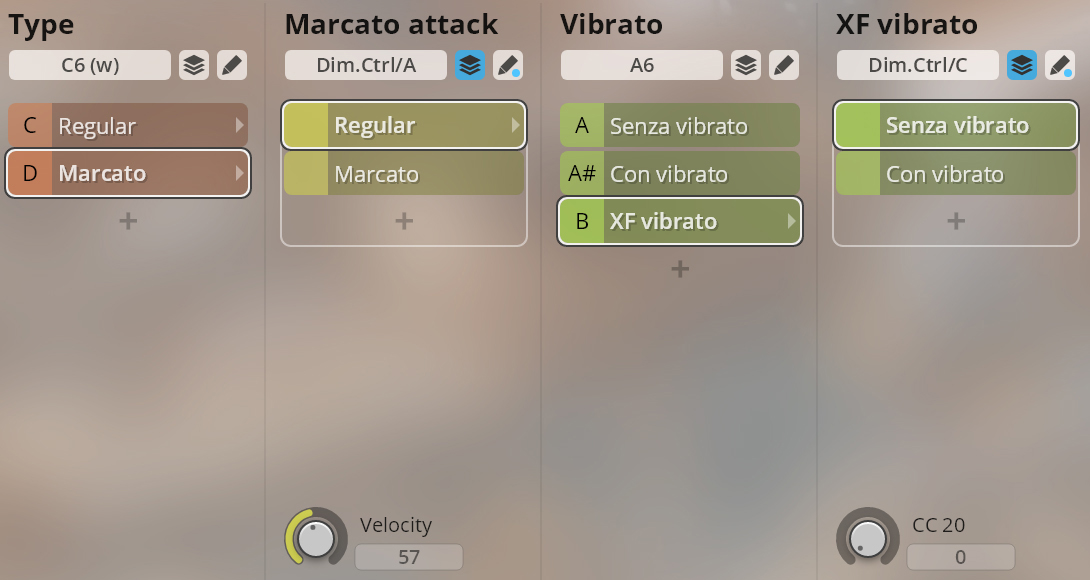
Regular and virtuosic legato with and without vibrato; lyrical legato.
XF vibrato provides a narrow crossfading area for seamless switching between patches. Use Dim.Ctrl/C (CC20) to change vibrato.
Vibrato options: A6–B6
XF vibrato: Dim.Ctrl/C (CC20)
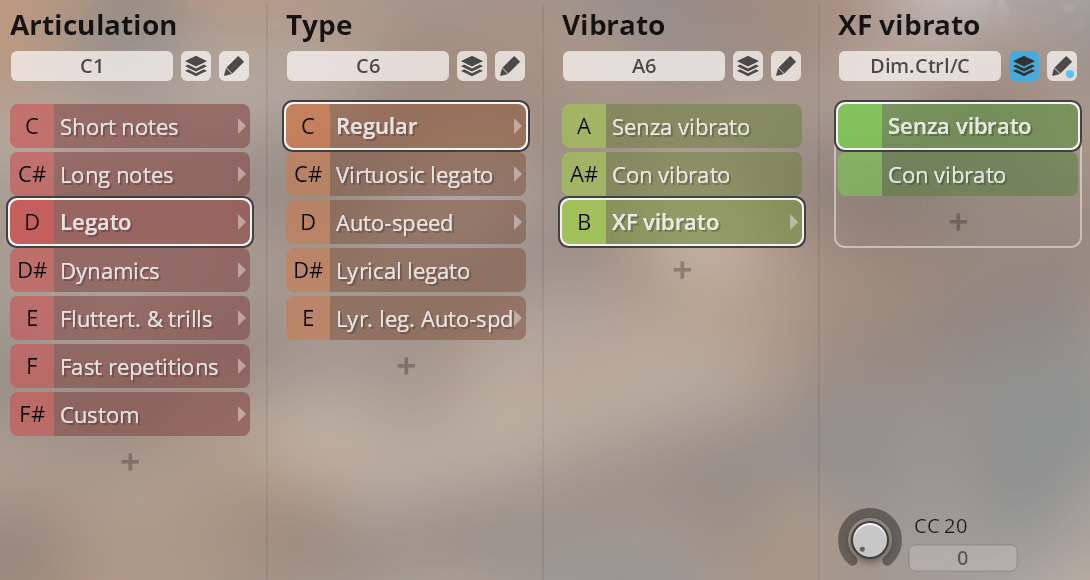
Auto-speed
The Auto-speed option implements a controller on Dim.Ctrl/D to switch between regular resp. lyrical and virtuosic legato depending on playing speed.
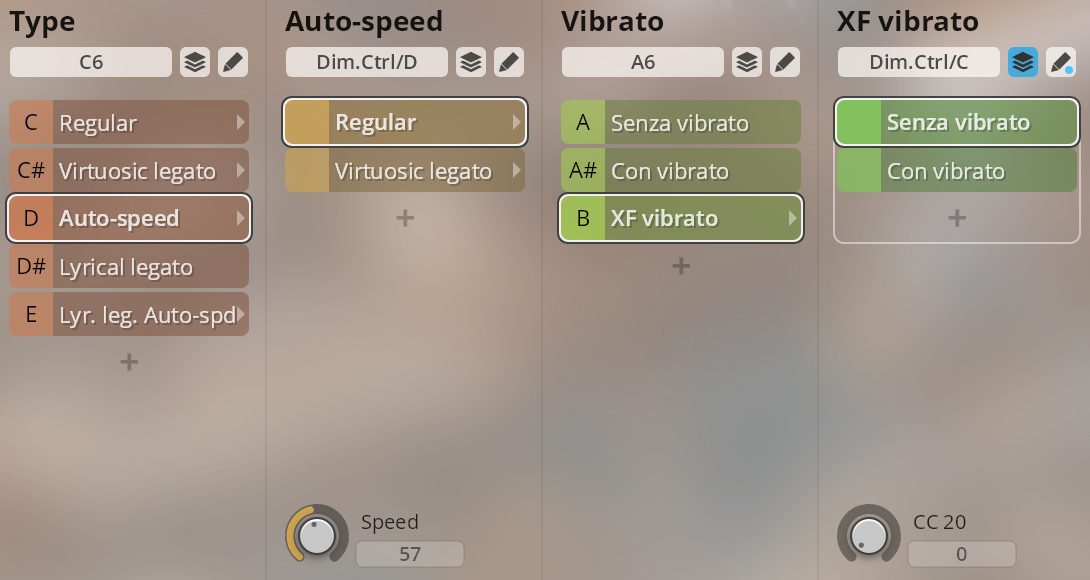
Sforzato; crescendo and diminuendo 2/3/4 sec.
Duration: F#6–G#6
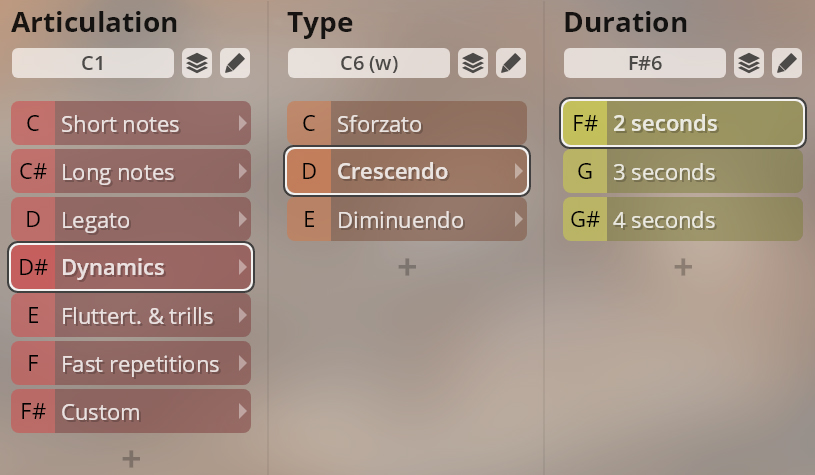
Fluttertongue, normal and with marcato attack; half and whole tone trills.
Marcato intensity: Dim.Ctrl/A (keystroke velocity)
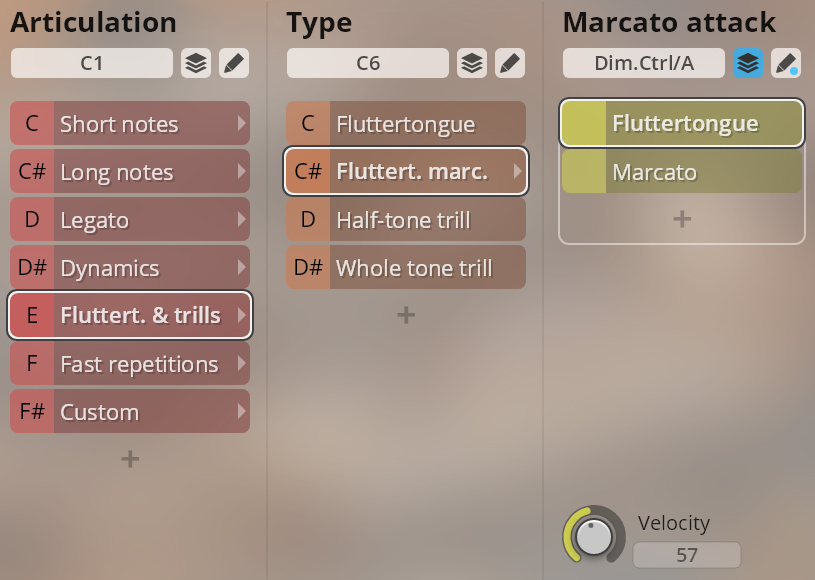
Fast repetitions, 120/130/140/160 bpm, with ringing and cut release.
- Ringing/cut release: A0/B0
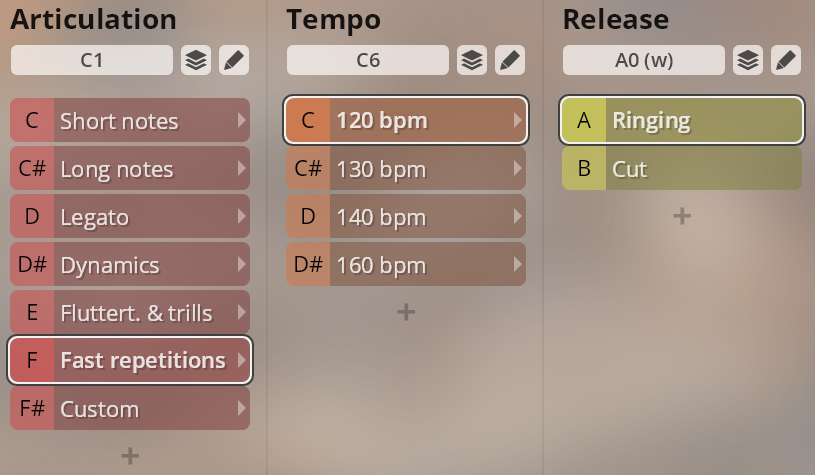
Articulation switches: C1–F#1.
Type switches: starting at C2, white keys or chromatic depending on articulation.
Staccato and portato, bold and agile.
Bold/agile: A0/B0
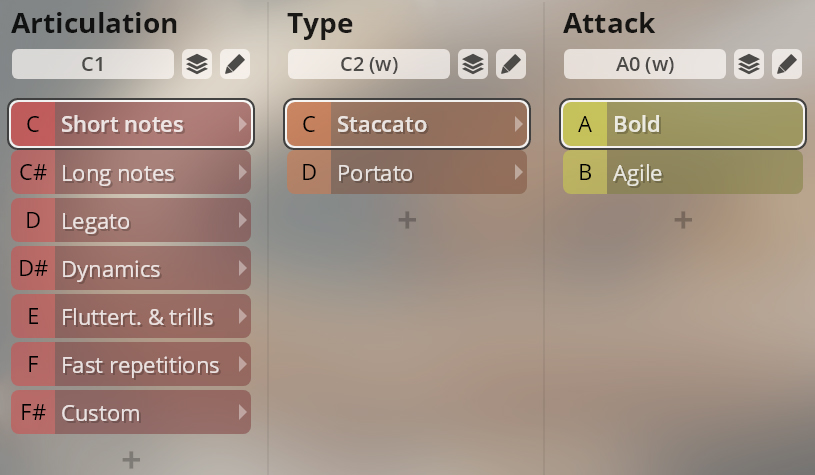
Sustained notes regular without and with vibrato, normal and with marcato attack; con fortissimo without and with vibrato.
XF vibrato provides a narrow crossfading area for seamless switching between patches. Use Dim.Ctrl/C (CC20) to change vibrato.
Vibrato options: A2–B2
XF vibrato: Dim.Ctrl/C (CC20)
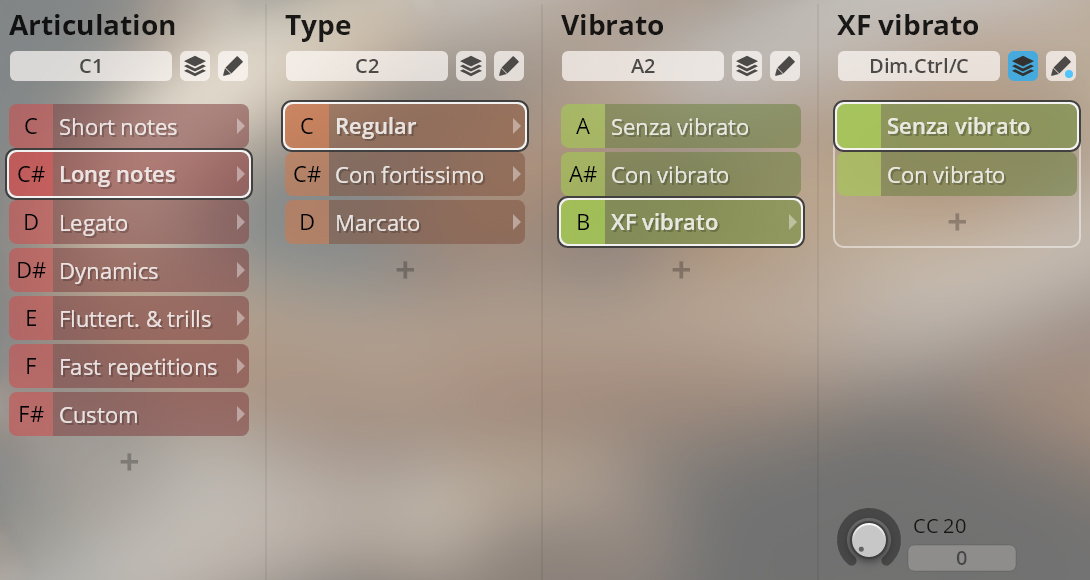
Marcato
This adds a marcato attack to notes, its amount depending on keystroke velocity.
Marcato intensity: Dim.Ctrl/A (keystroke velocity)
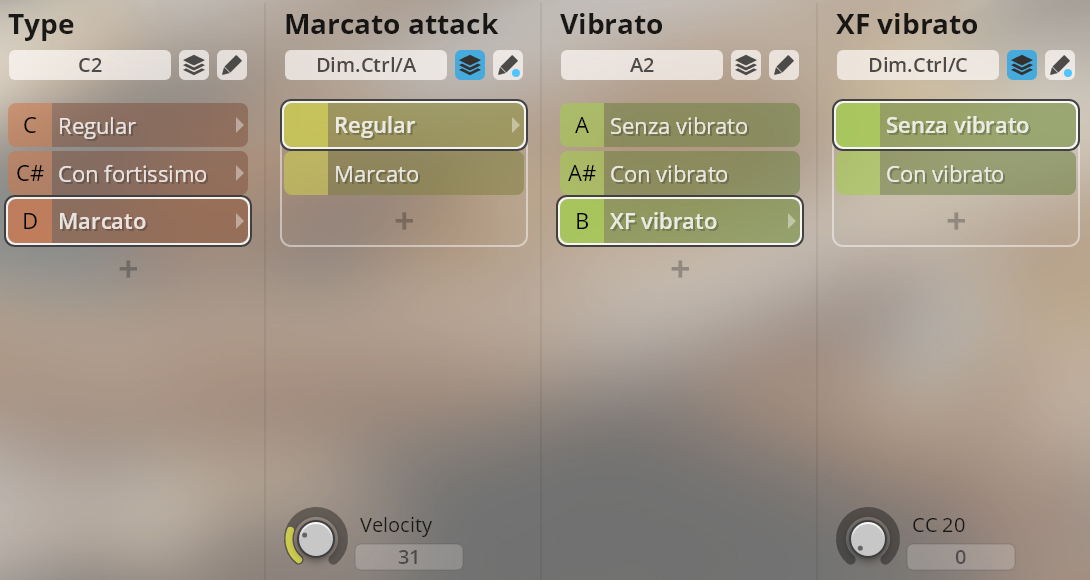
Legato regular and con fortissimo without and with vibrato; lyrical legato.
XF vibrato provides a narrow crossfading area for seamless switching between patches. Use Dim.Ctrl/C (CC20) to change vibrato.
Vibrato options: A2–B2
Vibrato XF: Dim.Ctrl/C (CC20)
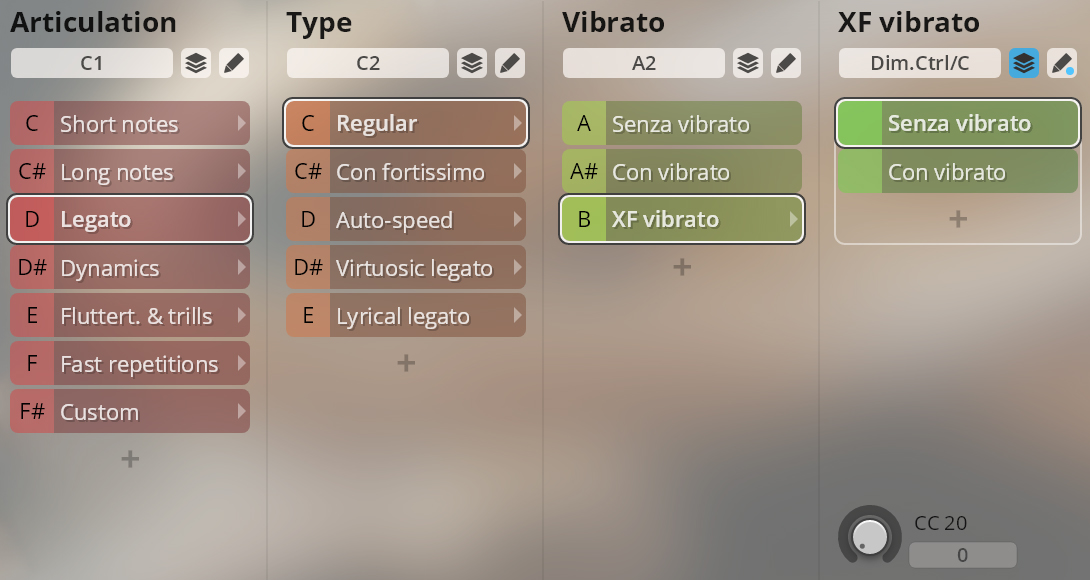
Auto-speed
The auto-speed option implements a controller on Dim.Ctrl/D to switch between regular resp. lyrical and virtuosic legato depending on playing speed.
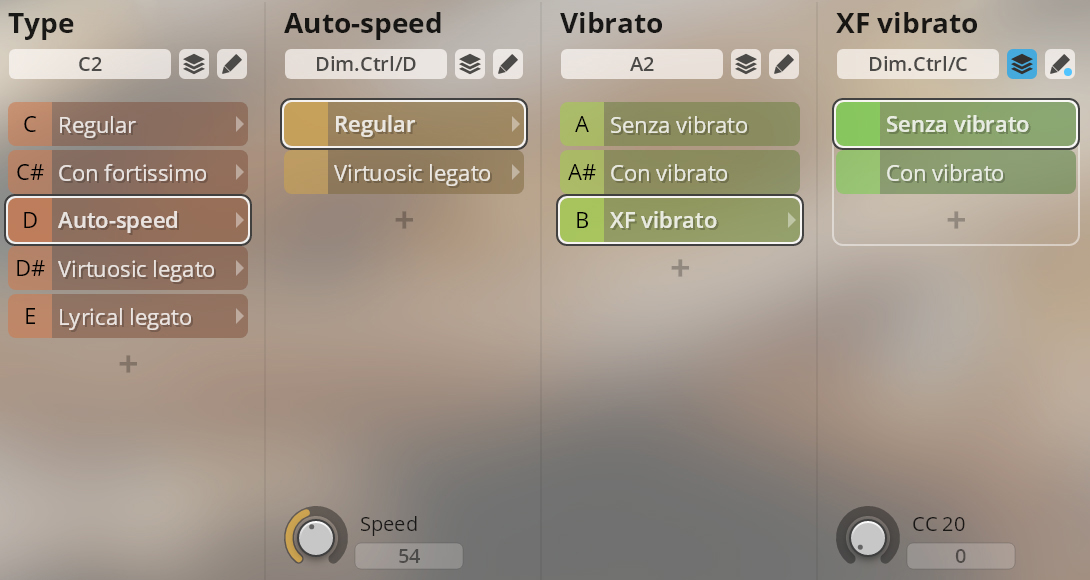
Sforzato; crescendo and diminuendo 2/3/4 sec.
Duration: F#6–G#6.
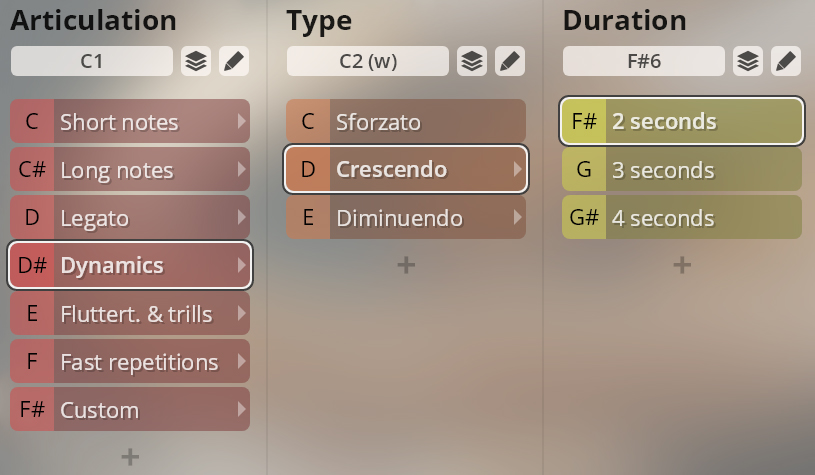
Fluttertongue, normal and marcato; half and whole tone trills.
Marcato intensity: Dim.Ctrl/A (keystroke velocity)
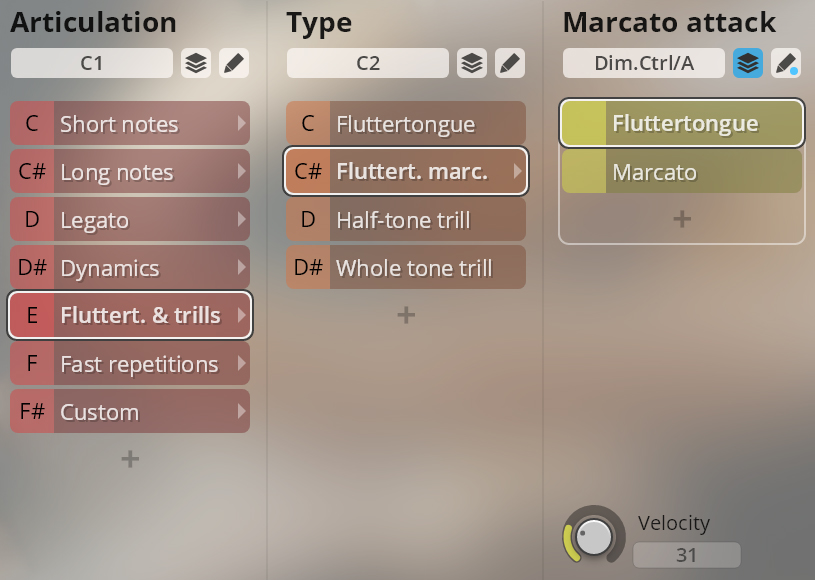
Fast repetitions, 120/130/140/160 bpm, with ringing and cut release.
- Ringing/cut release: A0/B0
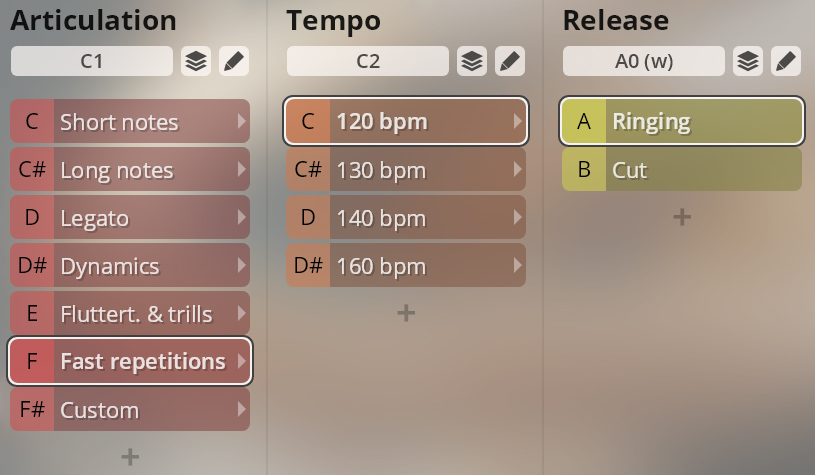
Articulation switches: C1–F#1.
Type switches: starting at C2, white keys or chromatic depending on articulation.
Staccato and portato, bold and agile.
Bold/agile: A0/B0
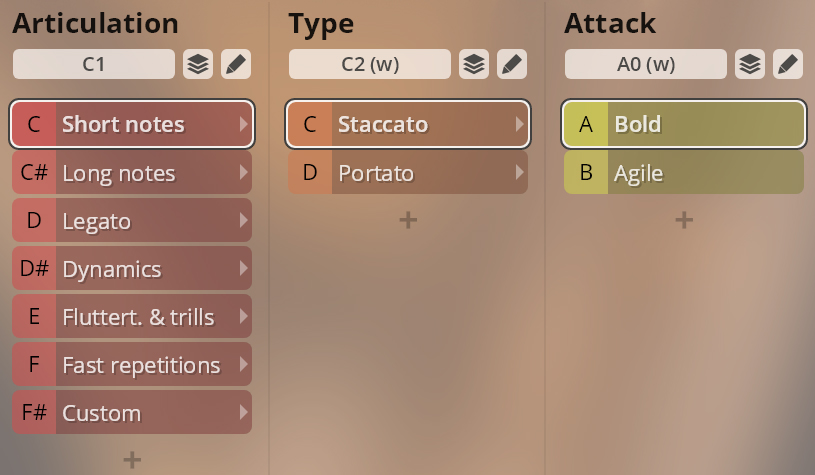
Sustained notes regular, without and with vibrato, normal and with marcato attack.
XF vibrato provides a narrow crossfading area for seamless switching between patches. Use Dim.Ctrl/C (CC20) to change vibrato.
Vibrato options: A2–B2
XF vibrato: Dim.Ctrl/C (CC20)
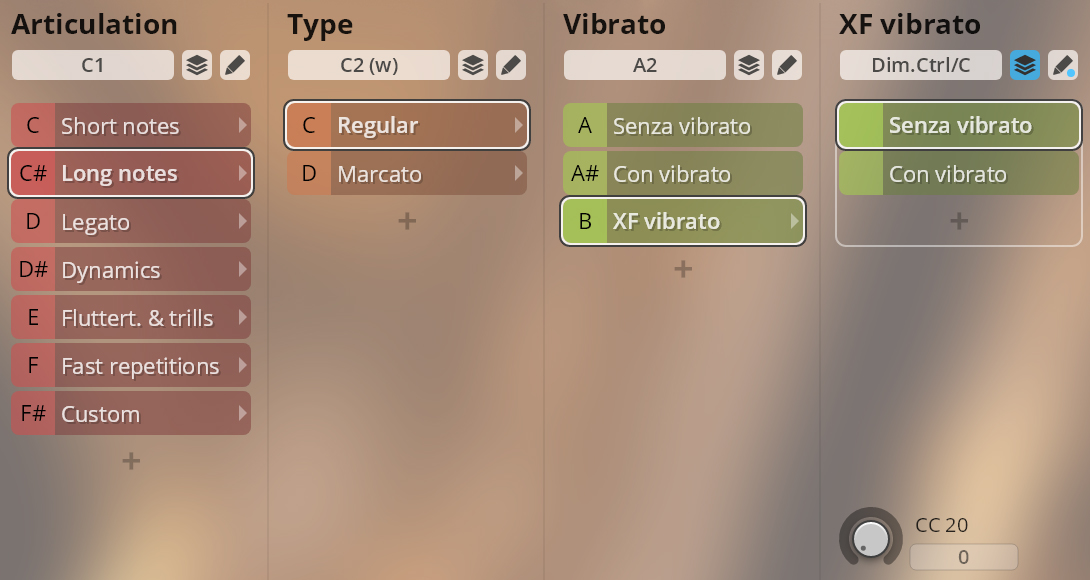
Marcato
This adds a marcato attack to notes, its amount depending on keystroke velocity.
Marcato intensity: Dim.Ctrl/A (keystroke velocity).
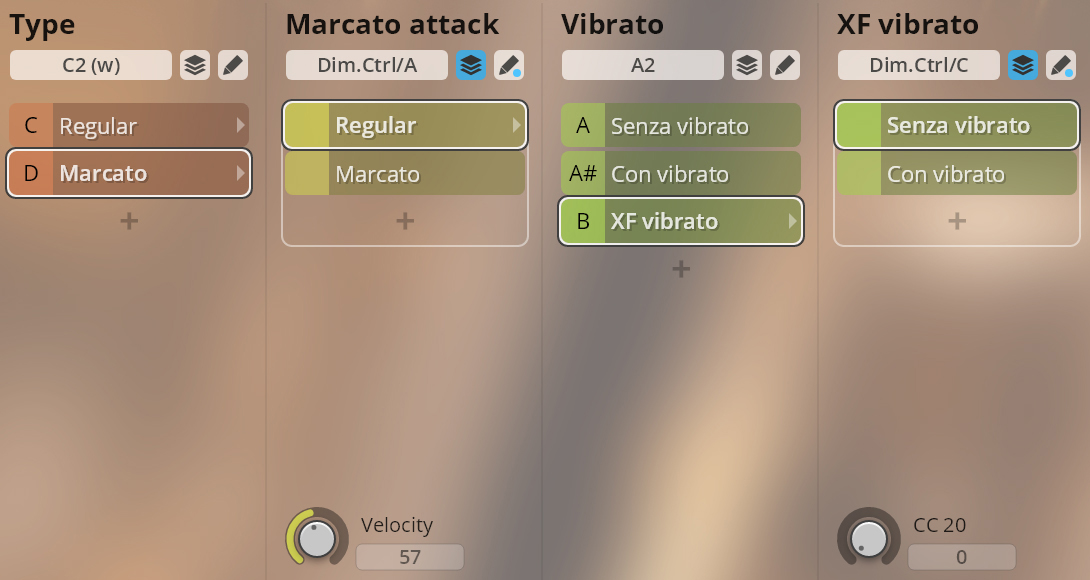
Regular and virtuosic legato without and with vibrato; lyrical legato.
XF vibrato provides a narrow crossfading area for seamless switching beetween patches. Use Dim.Ctrl/C (CC20) to change vibrato.
Vibrato options: A2–B2
Vibrato XF: Dim.Ctrl/C (CC20)
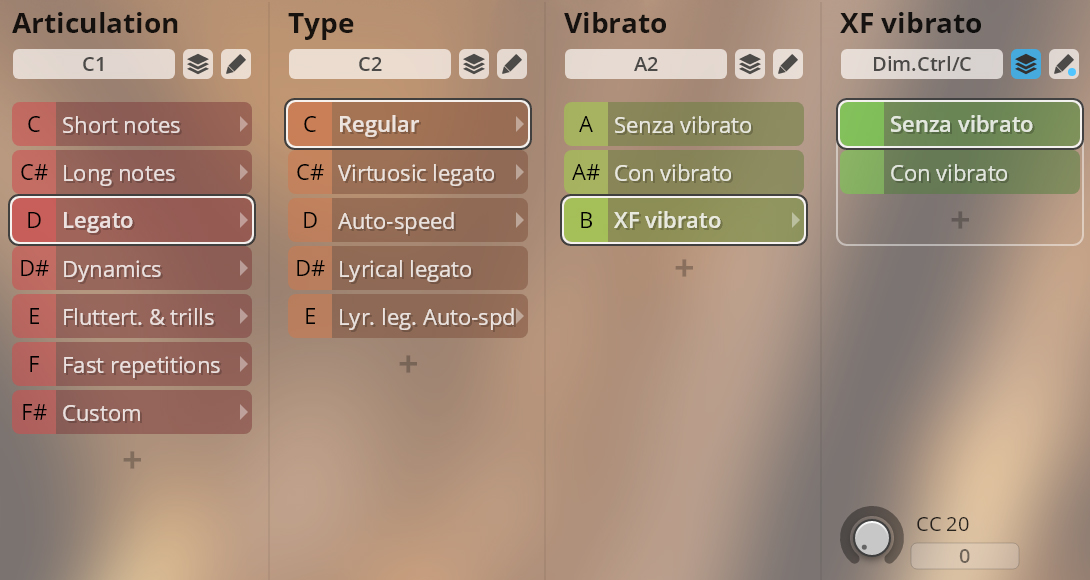
Auto-speed
The auto-speed option implements a controller on Dim.Ctrl/D to switch between normal resp. lyrical and virtuosic legato depending on playing speed.
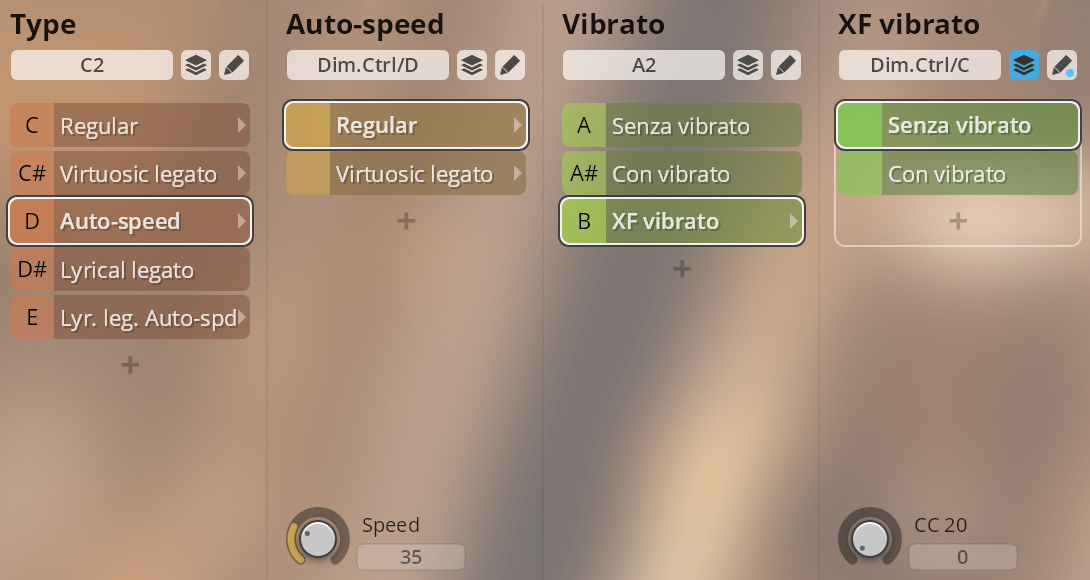
Sforzato; crescendo and diminuendo, 2/3/4 sec.
Duration: F#6–G#6
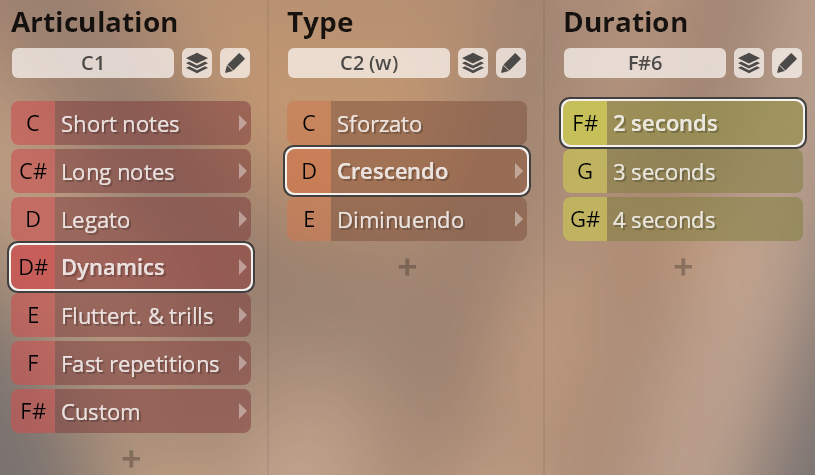
Fluttertongue, normal and with marcato attack; half and whole tone trills.
Marcato amount: Dim.Ctrl/A (keystroke velocity)
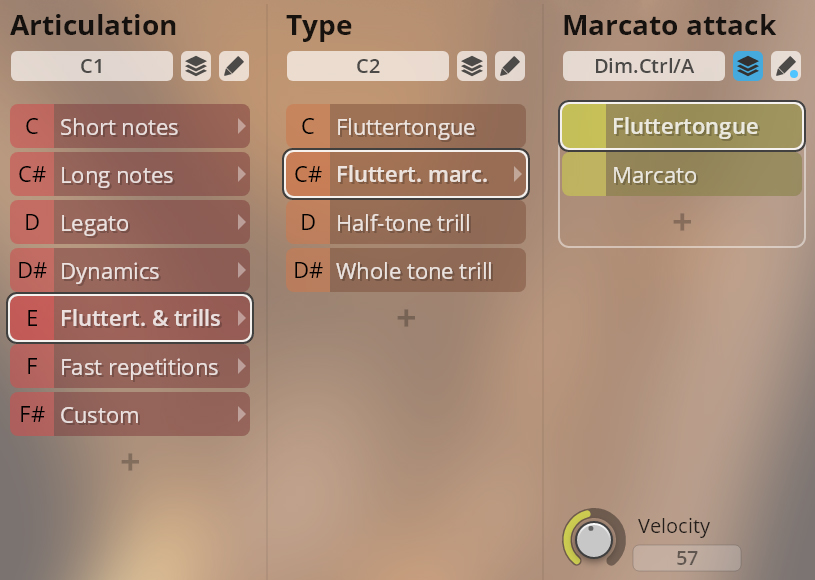
Fast repetitions, 120/130/140/160 bpm, with ringing and cut release.
- Ringing/cut release: A0/B0
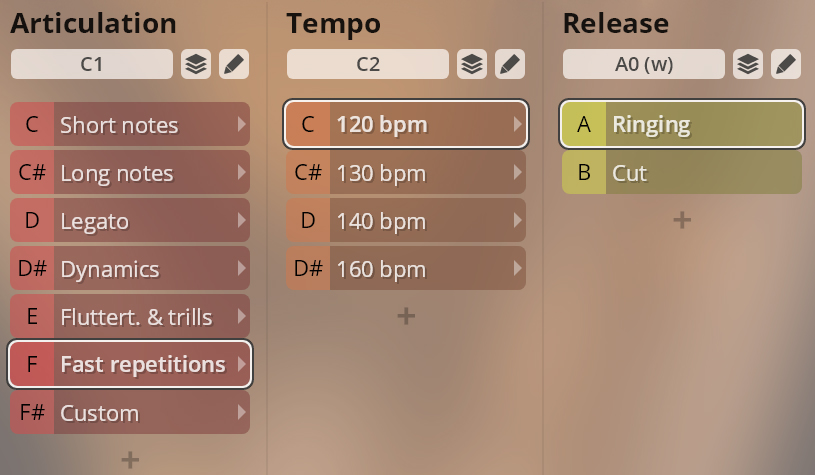
Articulation switches: C1–F#1.
Type switches: starting at C6.
Staccato and portato, bold and agile; long portato. The second type slot contains a staccato copy to facilitate exchanging instruments.
Bold/agile: A0/B0.

Sustained notes regular and marcato.
The marcato articulation adds marcato attack depending on keystroke velocity.
Marcato attack: Dim.Ctrl/A (keystroke velocity).
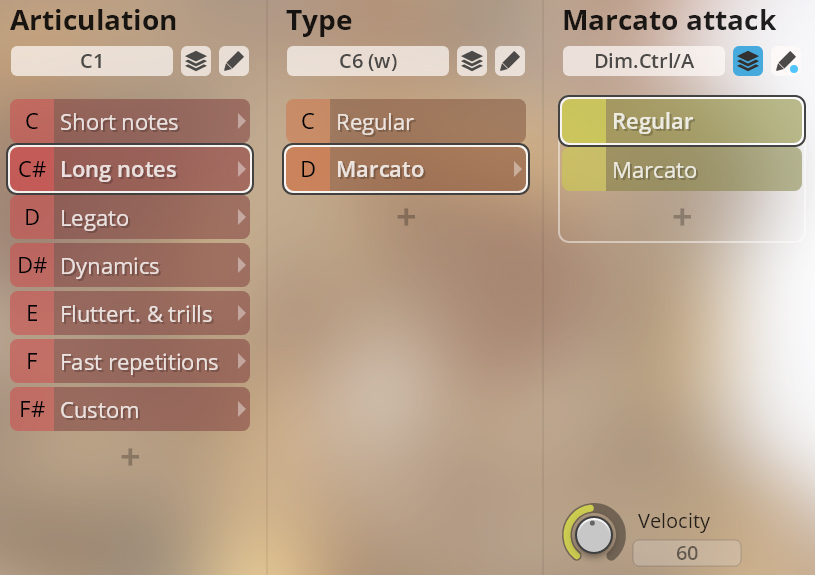
Legato regular and lyrical.
The auto-speed option implements a controller on Dim.Ctrl/D to switch between the regular and virtuosic legatos depending on playing speed.
Speed: F6–G6.
Auto-speed: Dim.Ctrl/D (playing speed).
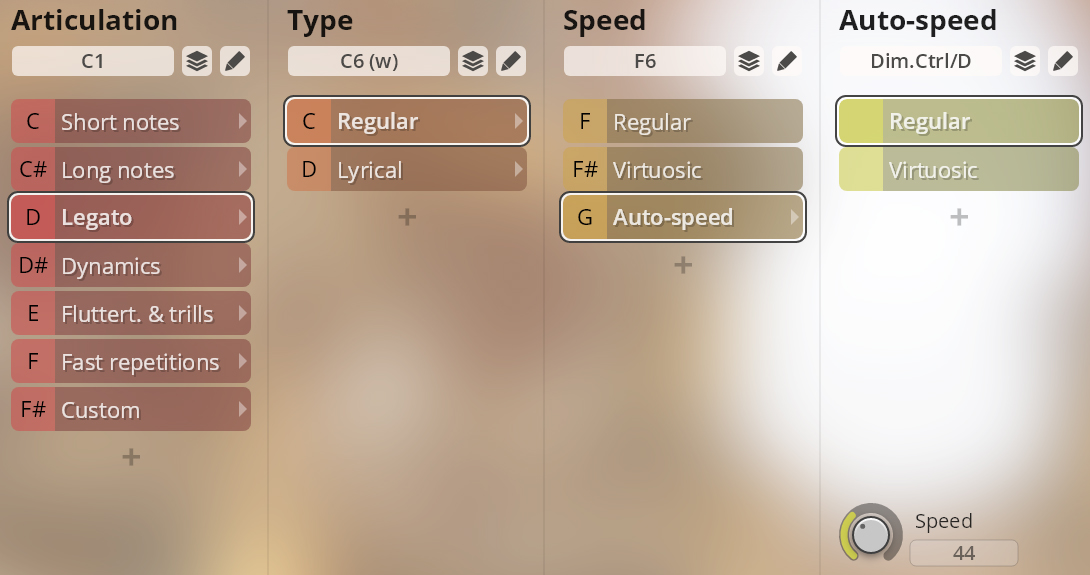
Sforzato; crescendo and diminuendo 2/3/4 sec.
Duration: F#6–G#6.
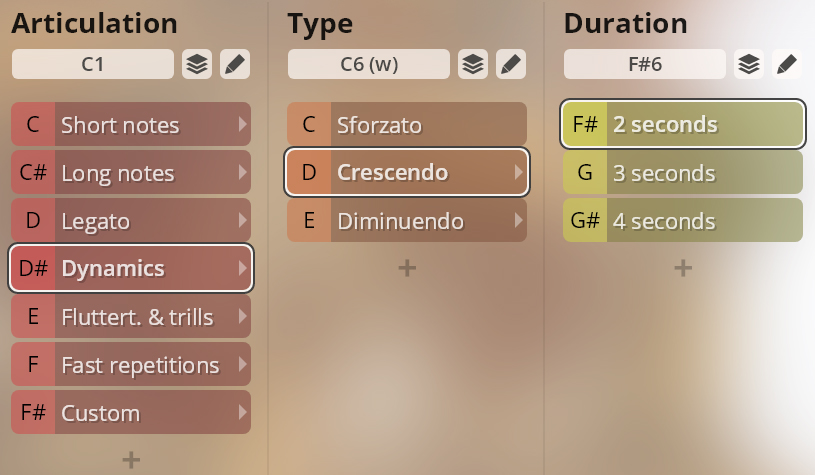
Fluttertongue, normal and with marcato attack; half and whole tone trills.
Marcato amount: Dim.Ctrl/A (keystroke velocity).

Fast repetitions at 120/130/140/160 BPM with ringing and cut release.
Tempo: C6–D#6.
Ringing/cut release: A0/B0.
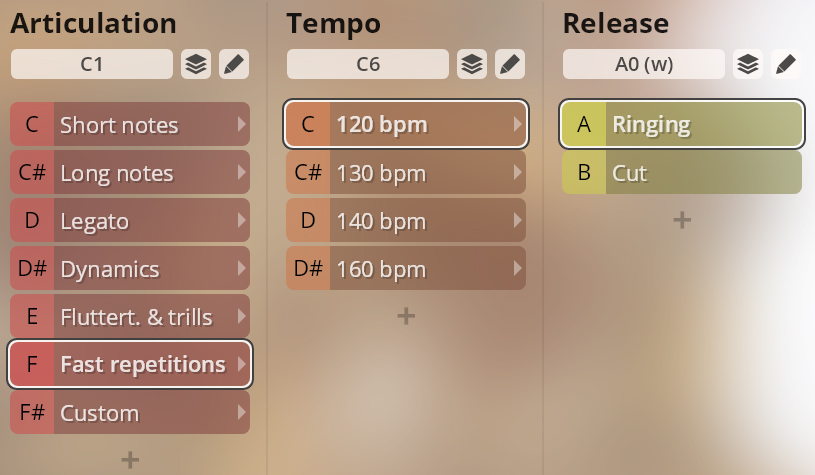
Articulation switches: C5–F5.
Type switches: starting at C6.
Staccato and portato, bold and agile; long portato. The second type slot contains a staccato copy to facilitate exchanging instruments.
Bold/agile: A0/B0.
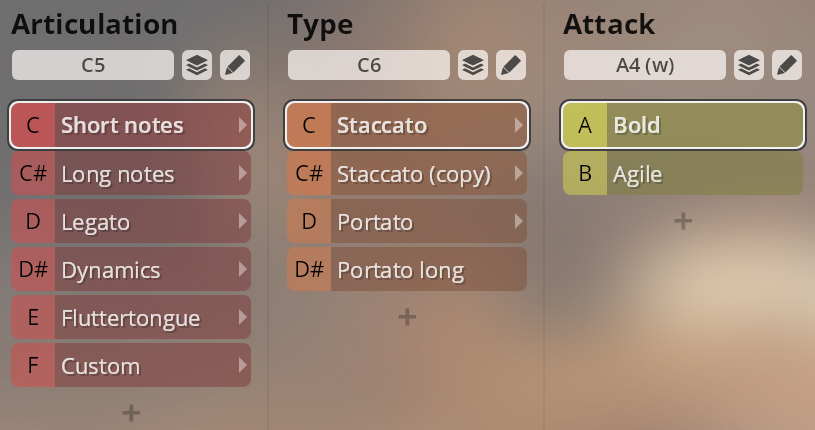
Sustained notes regular, con fortissimo, and marcato.
The marcato articulation adds marcato attack to the fortissimo depending on keystroke velocity.
Marcato attack: Dim.Ctrl/A (keystroke velocity).
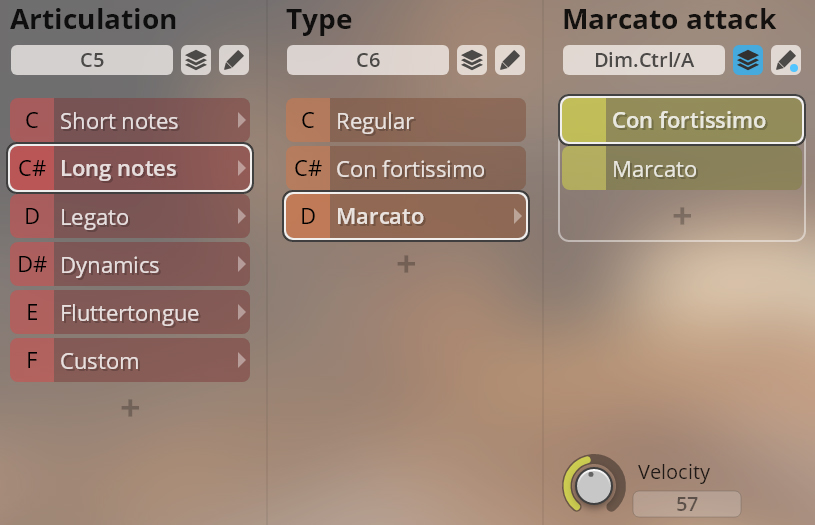
Legato regular, con fortissimo, lyrical, and virtuosic.
The auto-speed option implements a controller on Dim.Ctrl/D to switch between the regular legatos and virtuosic legato depending on playing speed.
Speed: F6–G6.
Auto-speed: Dim.Ctrl/D (playing speed).
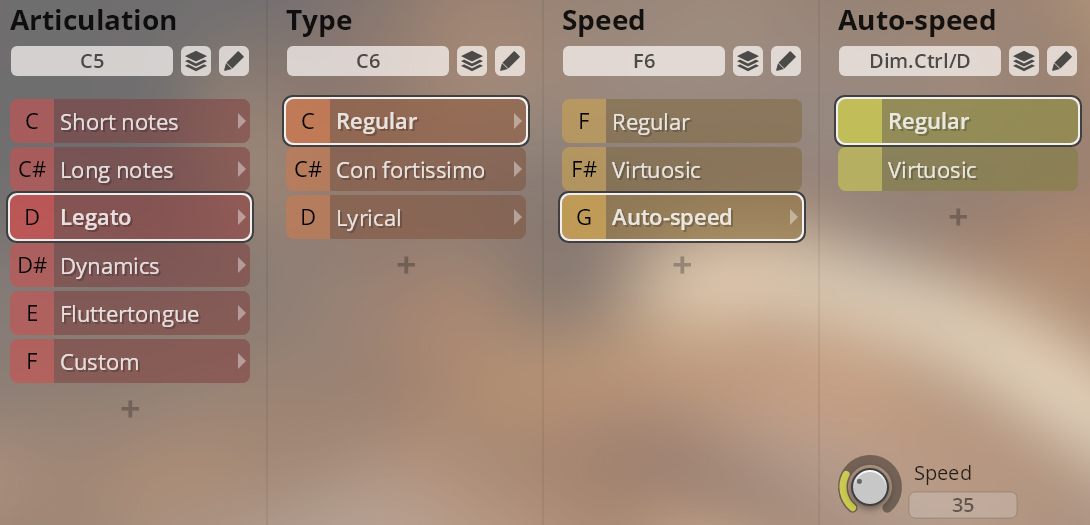
Sforzato; crescendo and diminuendo 2/3/4 sec. The second type slot contains a sforzato copy to facilitate exchanging instruments.
Duration: G6–A6.
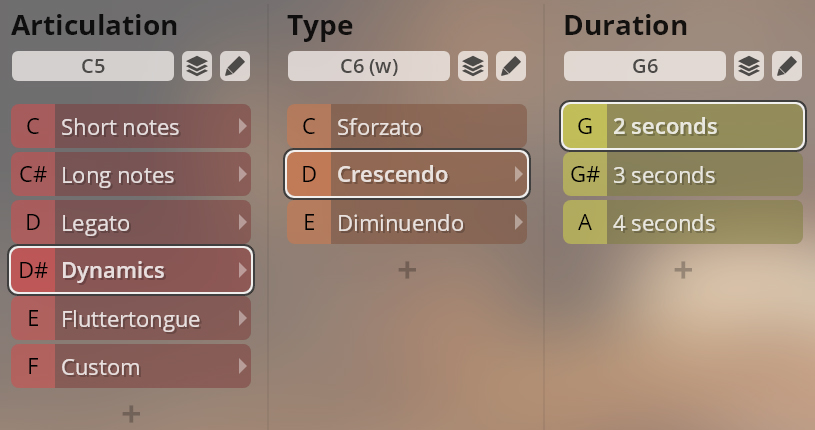
Fluttertongue, normal and with marcato attack.
Marcato amount: Dim.Ctrl/A (keystroke velocity).
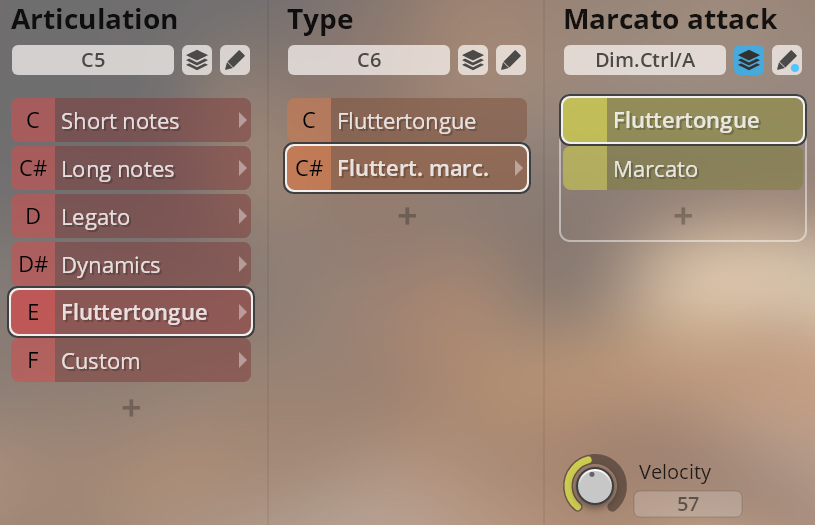
Articulation switches: C1–F#1.
Type switches: starting at C6.
Staccato and portato, bold and agile; long portato. The second type slot contains a staccato copy to facilitate exchanging instruments.
Bold/agile: A0/B0.
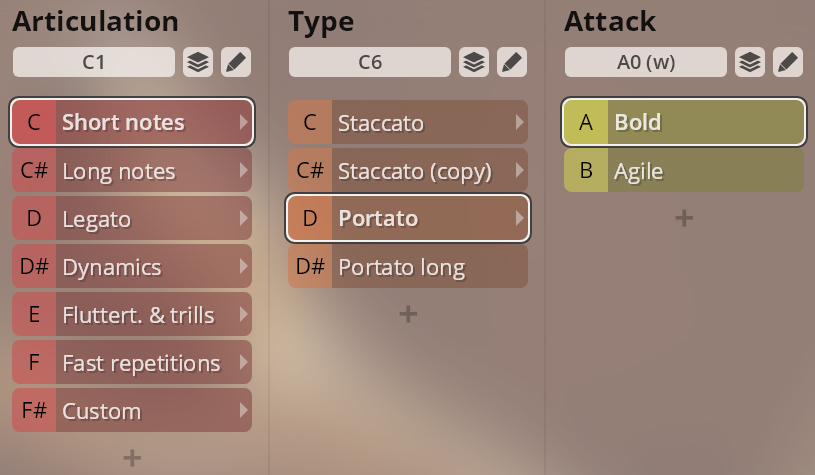
Sustained notes regular, con fortissimo, and marcato.
The marcato articulation adds marcato attack to the fortissimo depending on keystroke velocity.
Marcato attack: Dim.Ctrl/A (keystroke velocity).
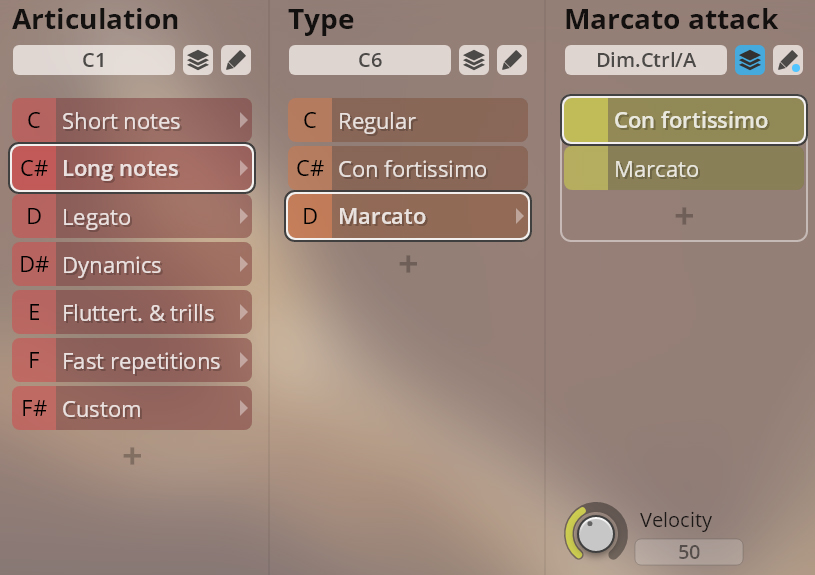
Legato regular, con fortissimo, and lyrical.
The auto-speed option implements a controller on Dim.Ctrl/D to switch between the regular legatos and virtuosic legato depending on playing speed.
Speed: F6–G6.
Auto-speed: Dim.Ctrl/D (playing speed).
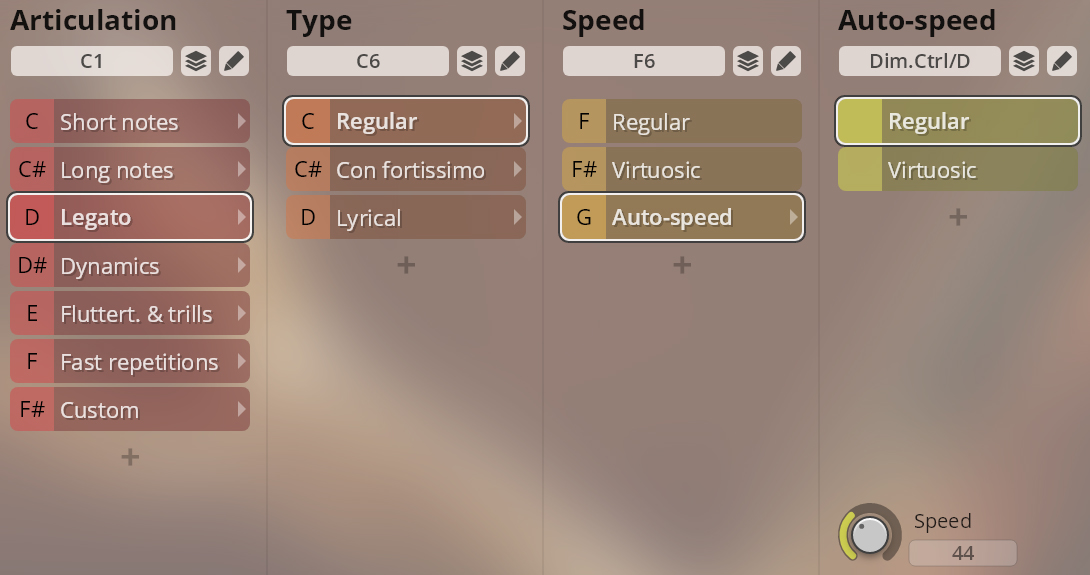
Sforzato; crescendo and diminuendo 2/3/4 sec.
Duration: F#6–G#6.
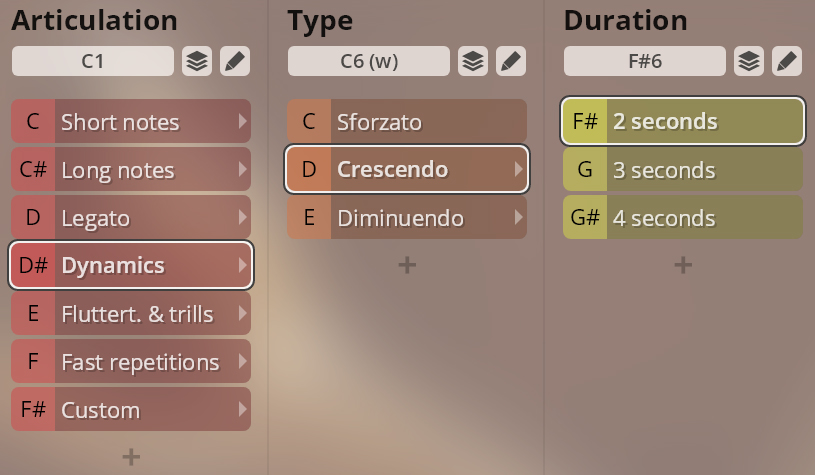
Fluttertongue, normal and with marcato attack; half and whole tone trills.
Marcato amount: Dim.Ctrl/A (keystroke velocity).
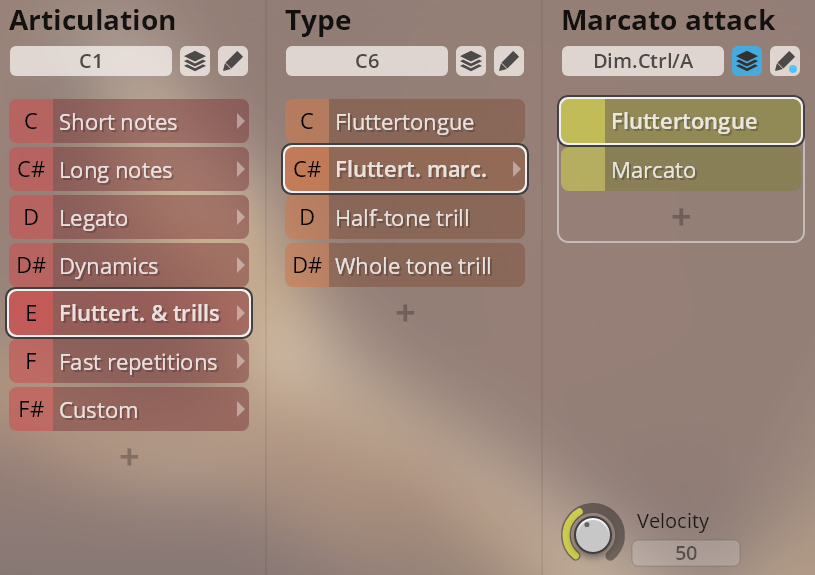
Fast repetitions at 120/130/140/160 BPM with ringing and cut release.
Tempo: C6–D#6.
Ringing/cut release: A0/B0.
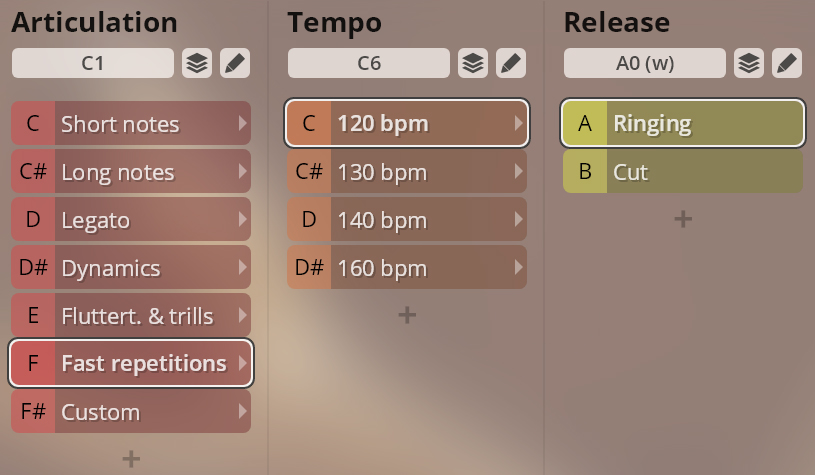
On this page
- Introduction
- Standard and Extended Library
- Flow and Precision Presets
- Mixer Presets
- Flow Presets
- Instrument / Tone
- Articulation / Performance
- Sound
- Precision Presets
- Preset types
- Timbre Adjust
- Piccolo Trumpet
- Short notes
- Long notes
- Legato
- Dynamics
- Fluttertongue and trills
- Fast repetitions
- Bass Trumpet
- Short notes
- Long notes
- Legato
- Dynamics
- Fluttertongue and trills
- Fast repetitions
- Cornet
- Short notes
- Long notes
- Legato
- Dynamics
- Fluttertongue and trills
- Fast repetitions
- Flugelhorn
- Short notes
- Long notes
- Legato
- Dynamics
- Fluttertongue and trills
- Fast repetitions
- Wagner Tuba
- Short notes
- Long notes
- Legato
- Dynamics
- Fluttertongue and trills
- Fast repetitions
- Contrabass Trombone, Contrabass Tuba
- Short notes
- Long notes
- Legato
- Dynamics
- Fluttertongue
- Euphonium
- Short notes
- Long notes
- Legato
- Dynamics
- Fluttertongue and trills
- Fast repetitions